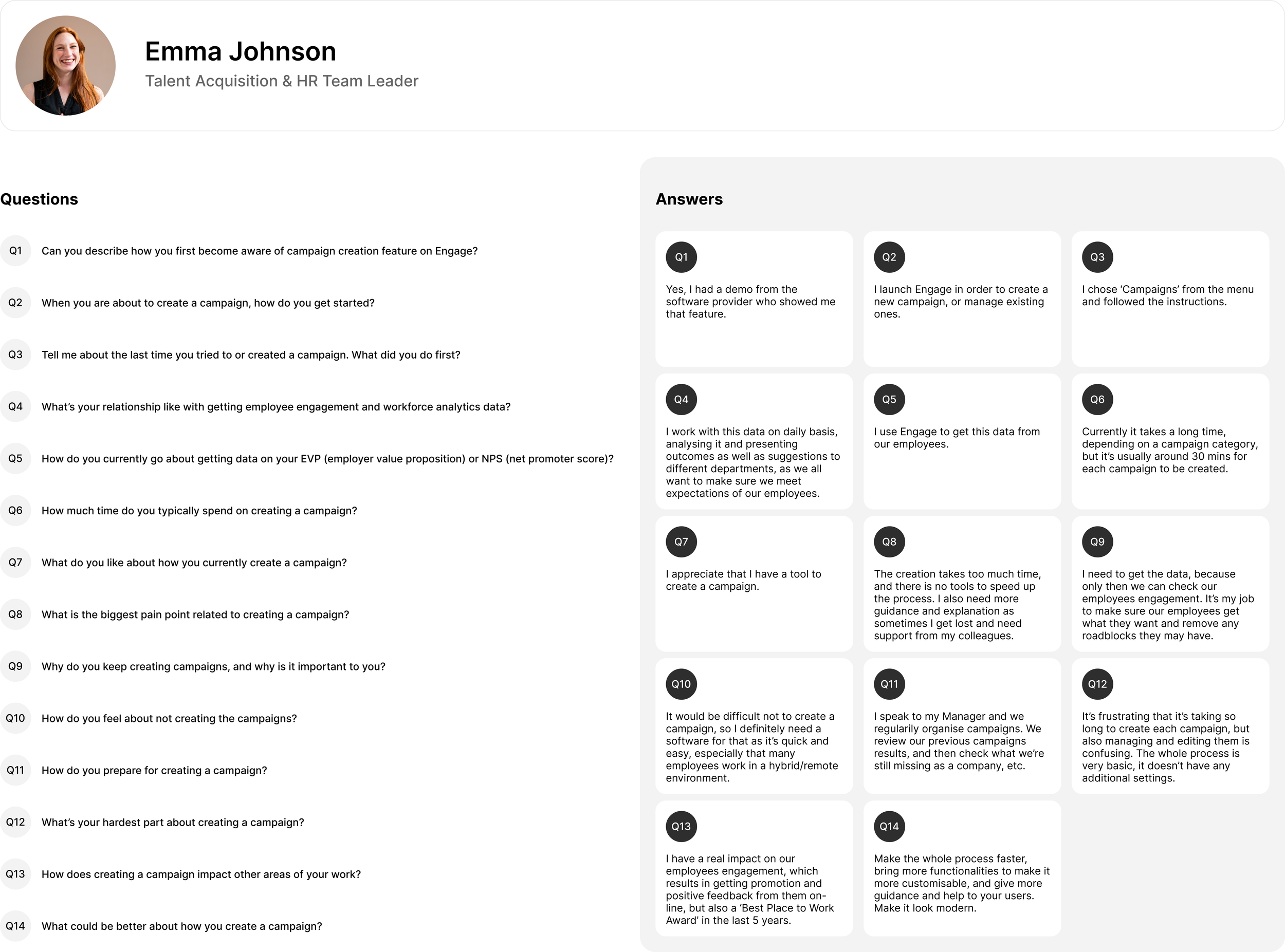Engage
Your Employees insights.
Engage is the platform for employee engagement and workforce analytics software that gives you all the data you need to engage your employees, improve wellbeing, productivity and retention.
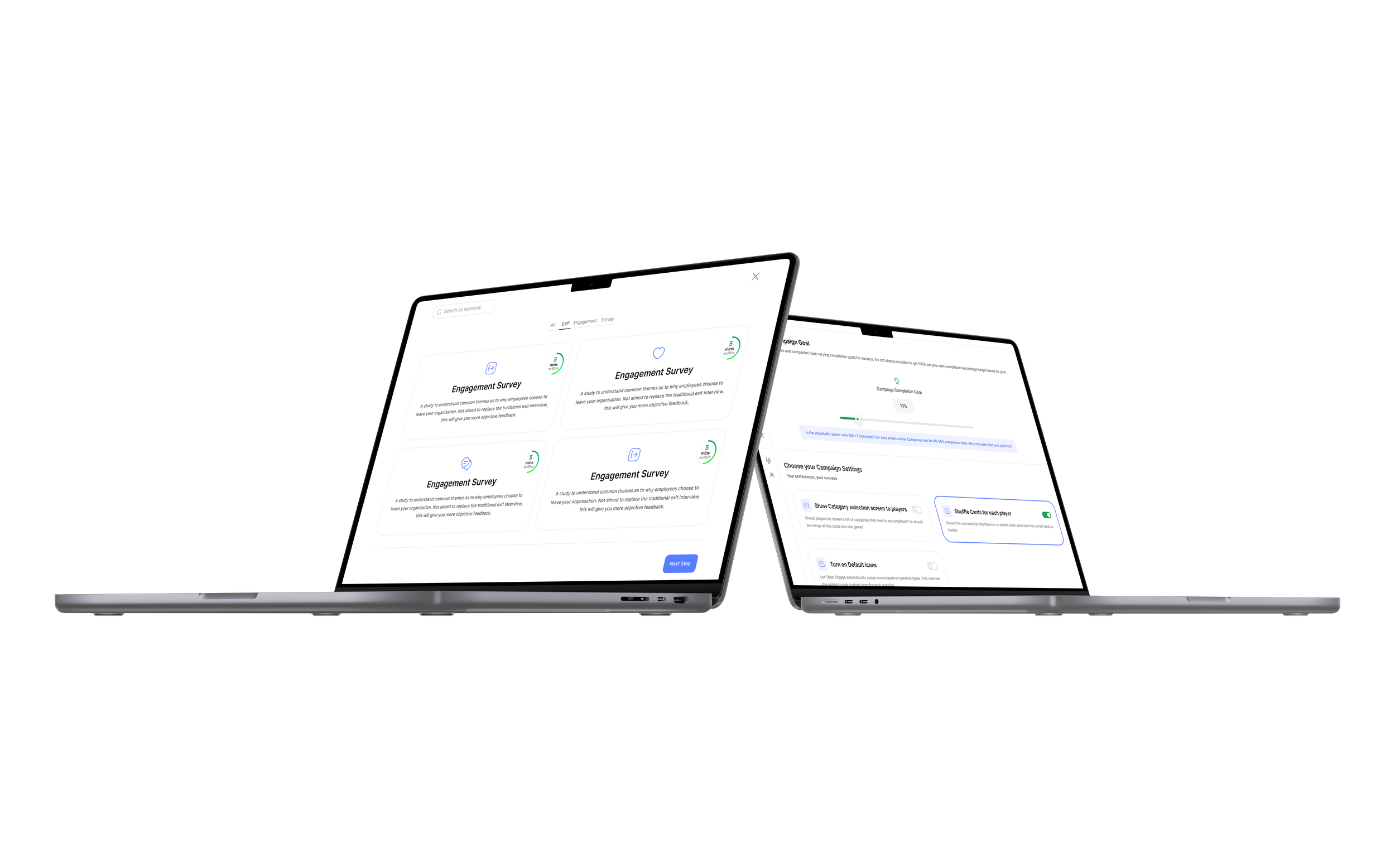
Build Campaign.
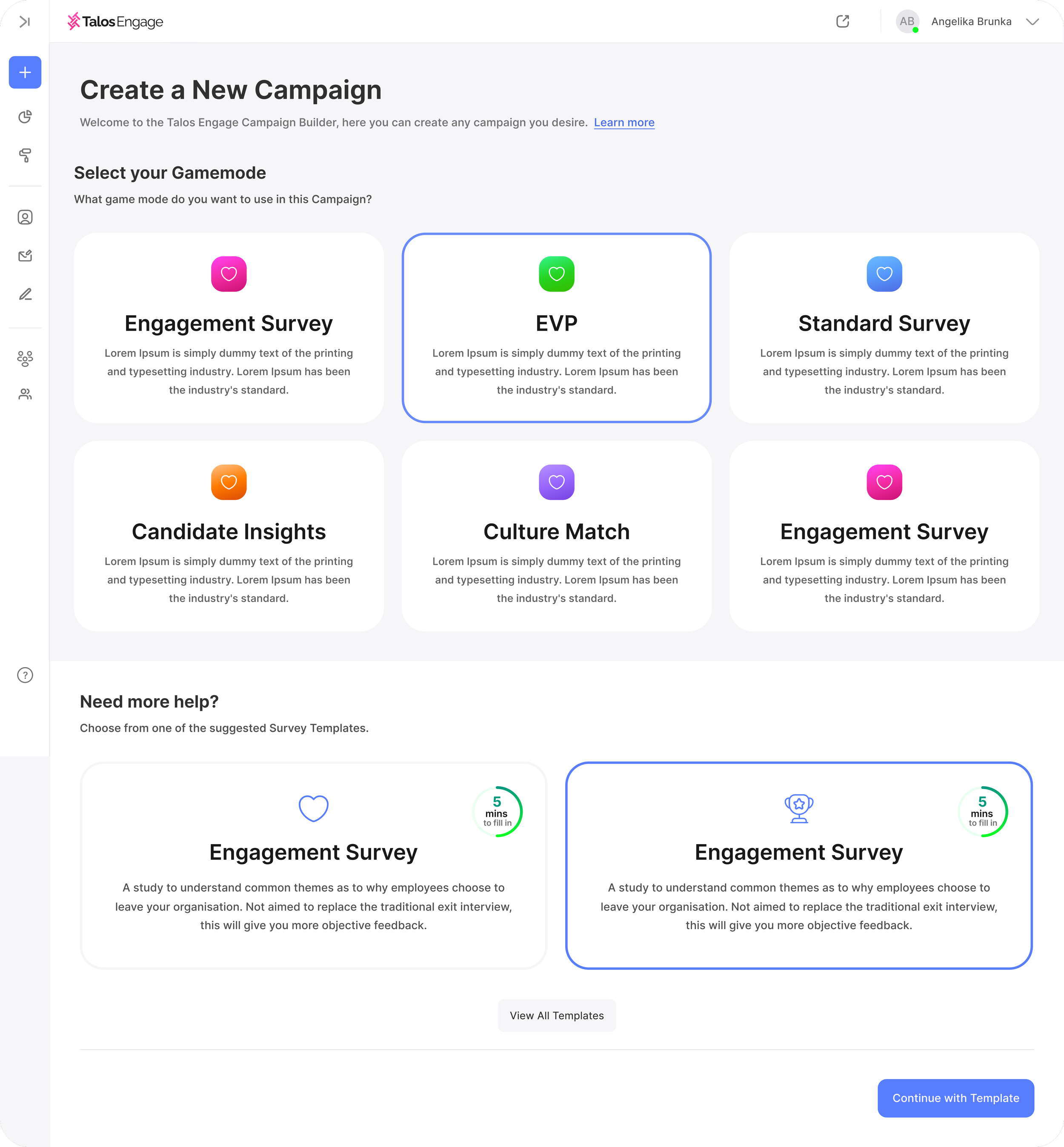
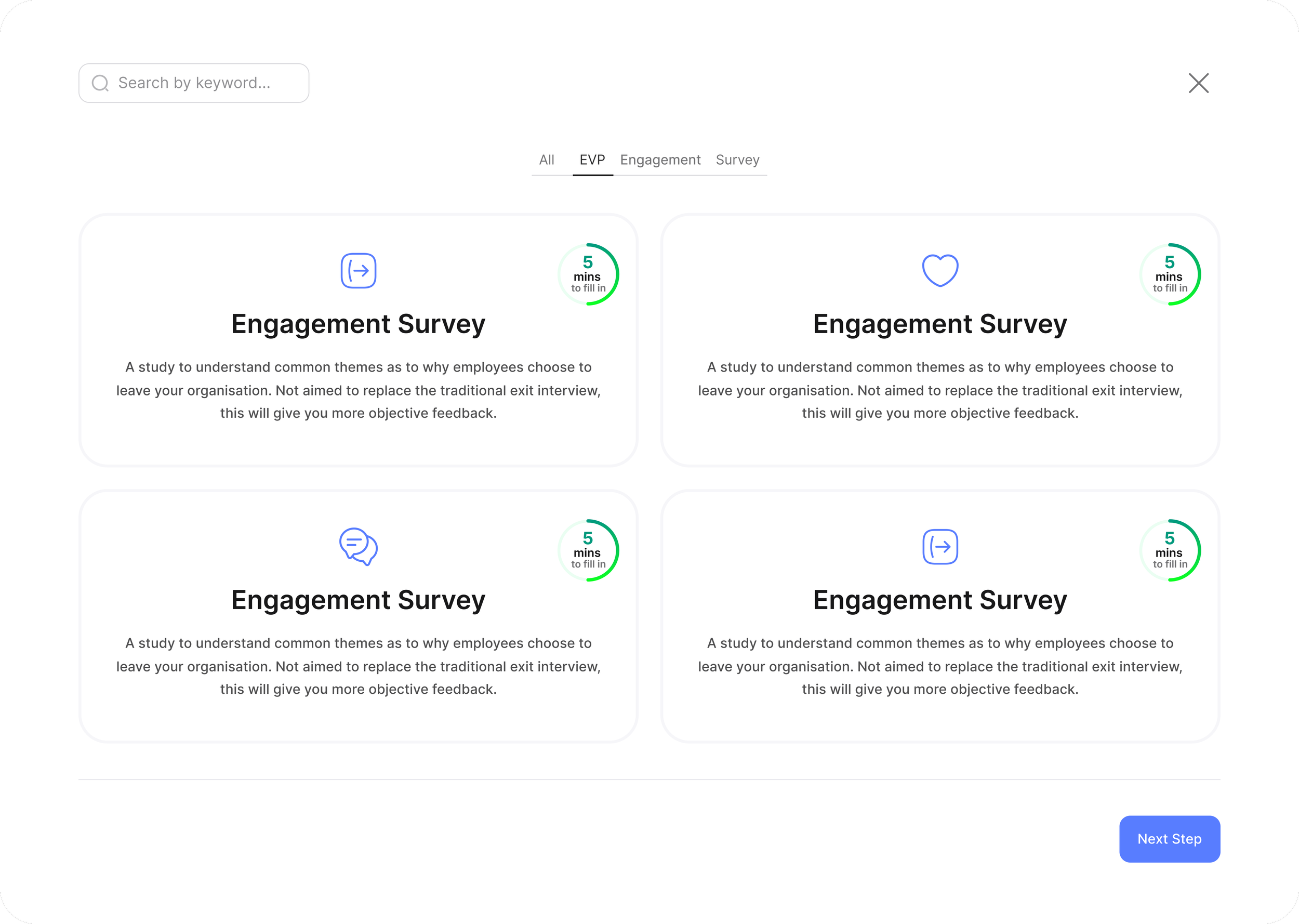
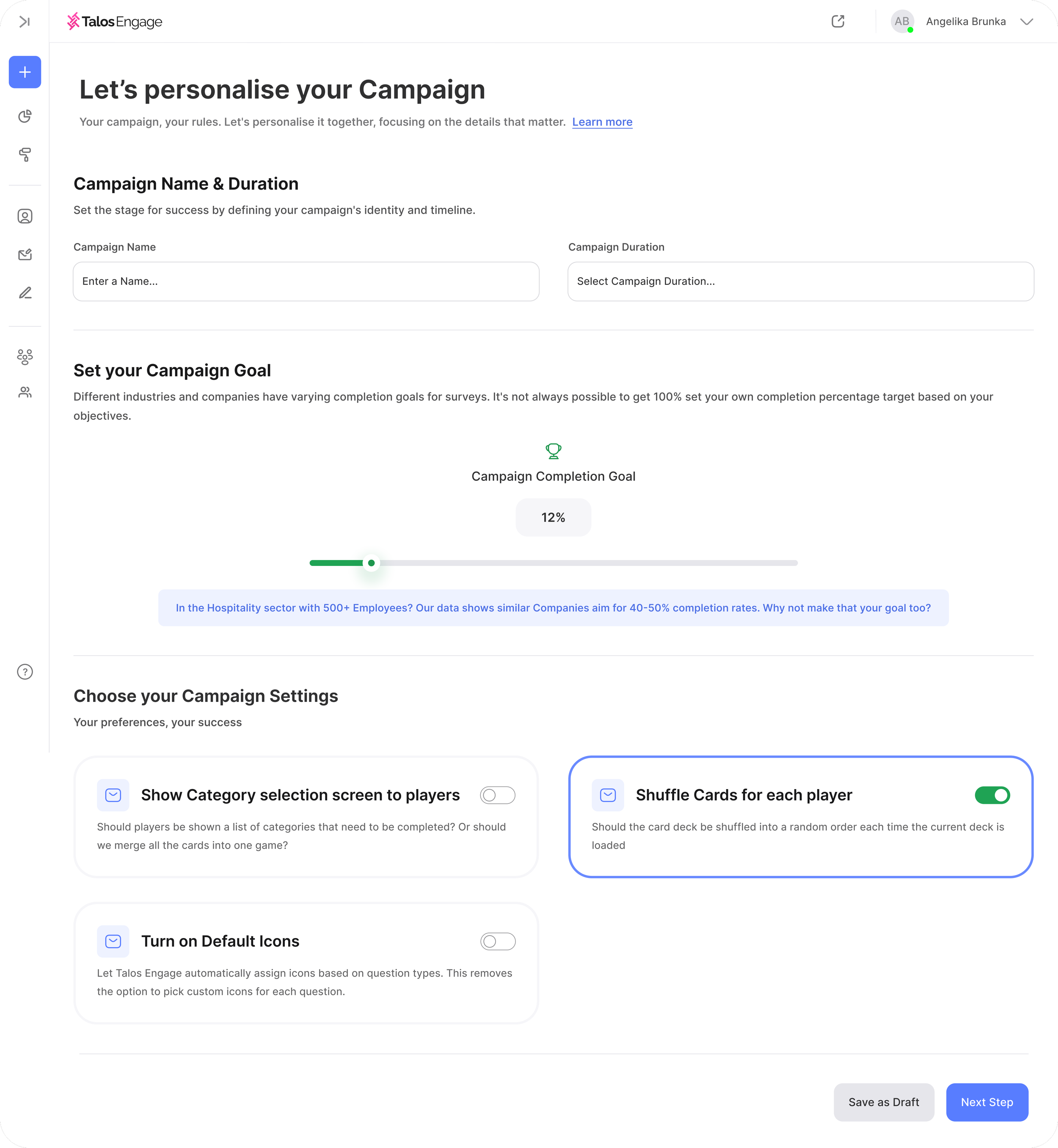
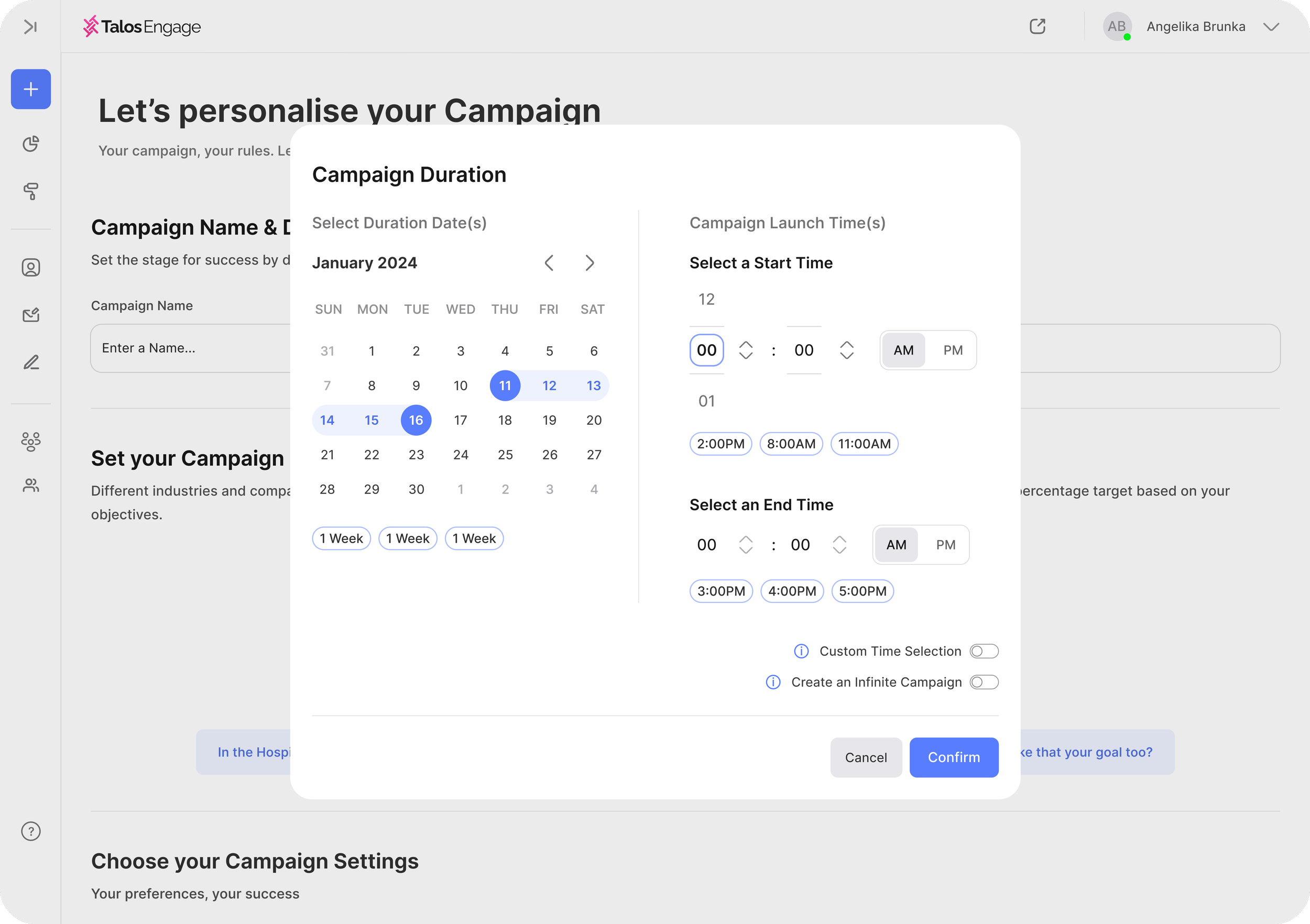
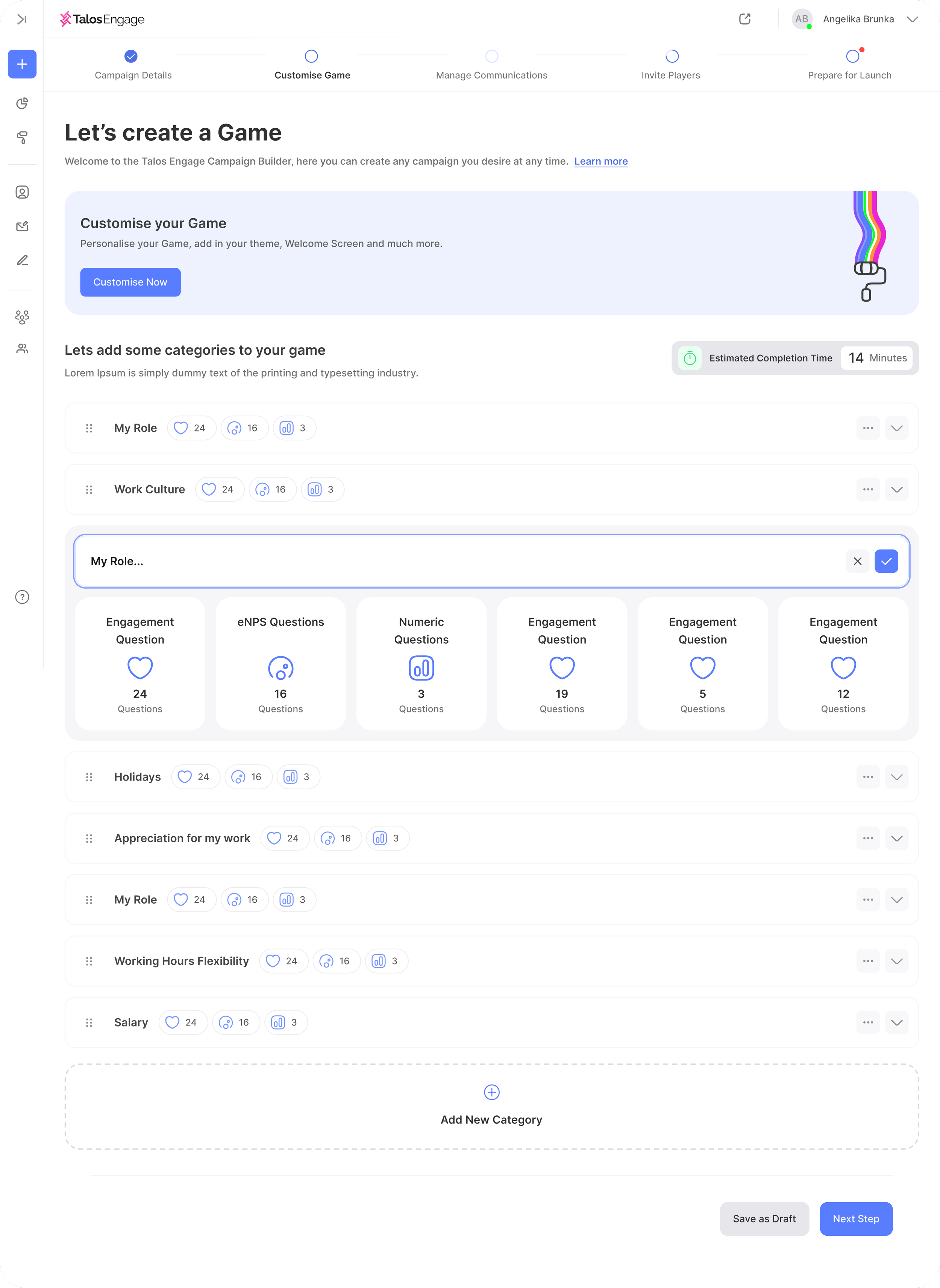
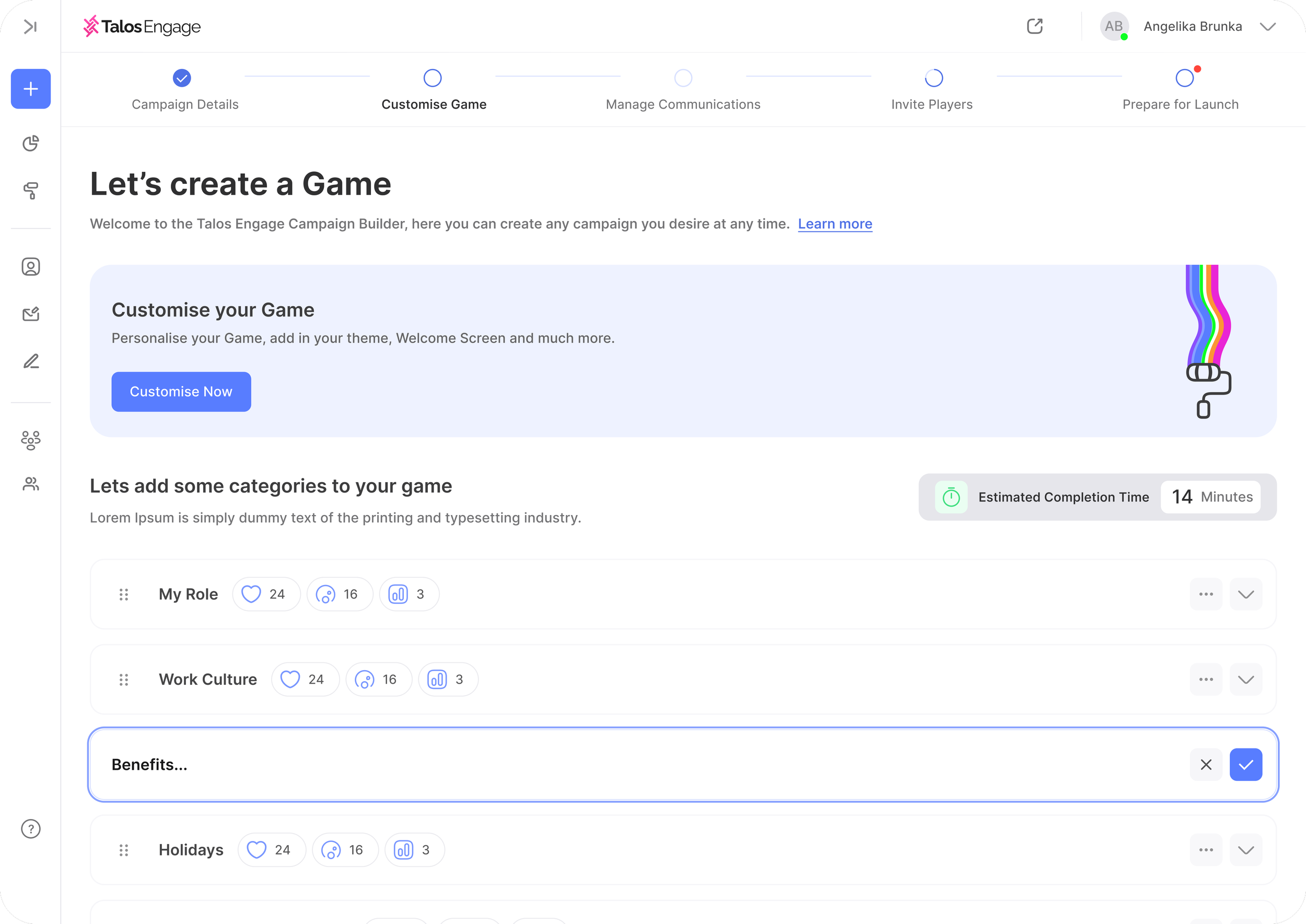
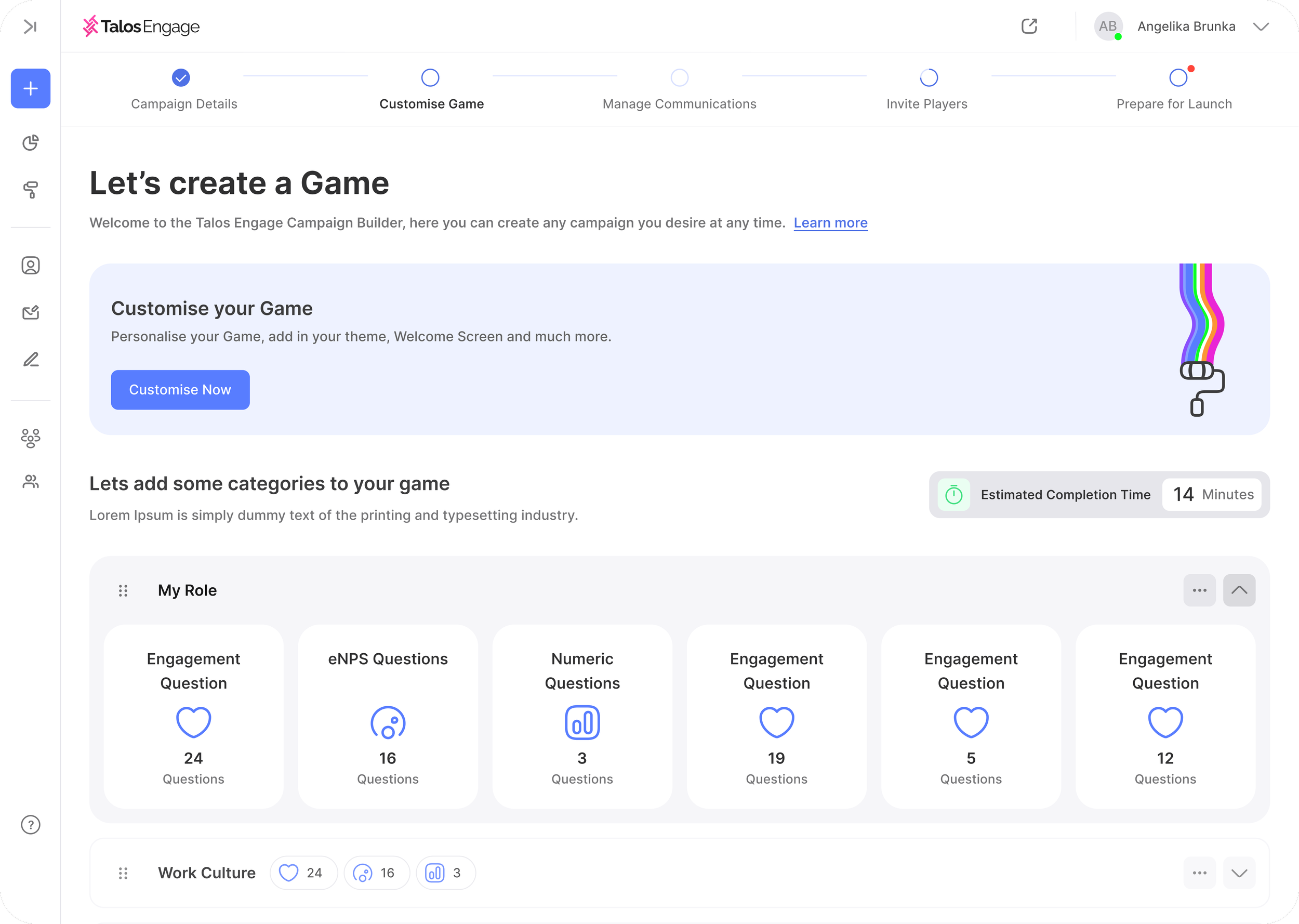
Customised features
Engage is all about people, and that’s why the platform is highly customisable and flexible. Every Survey is unique and gains different data about your employees, and so the features and intuitive functionalities allow you to control your Surveys the way you like.
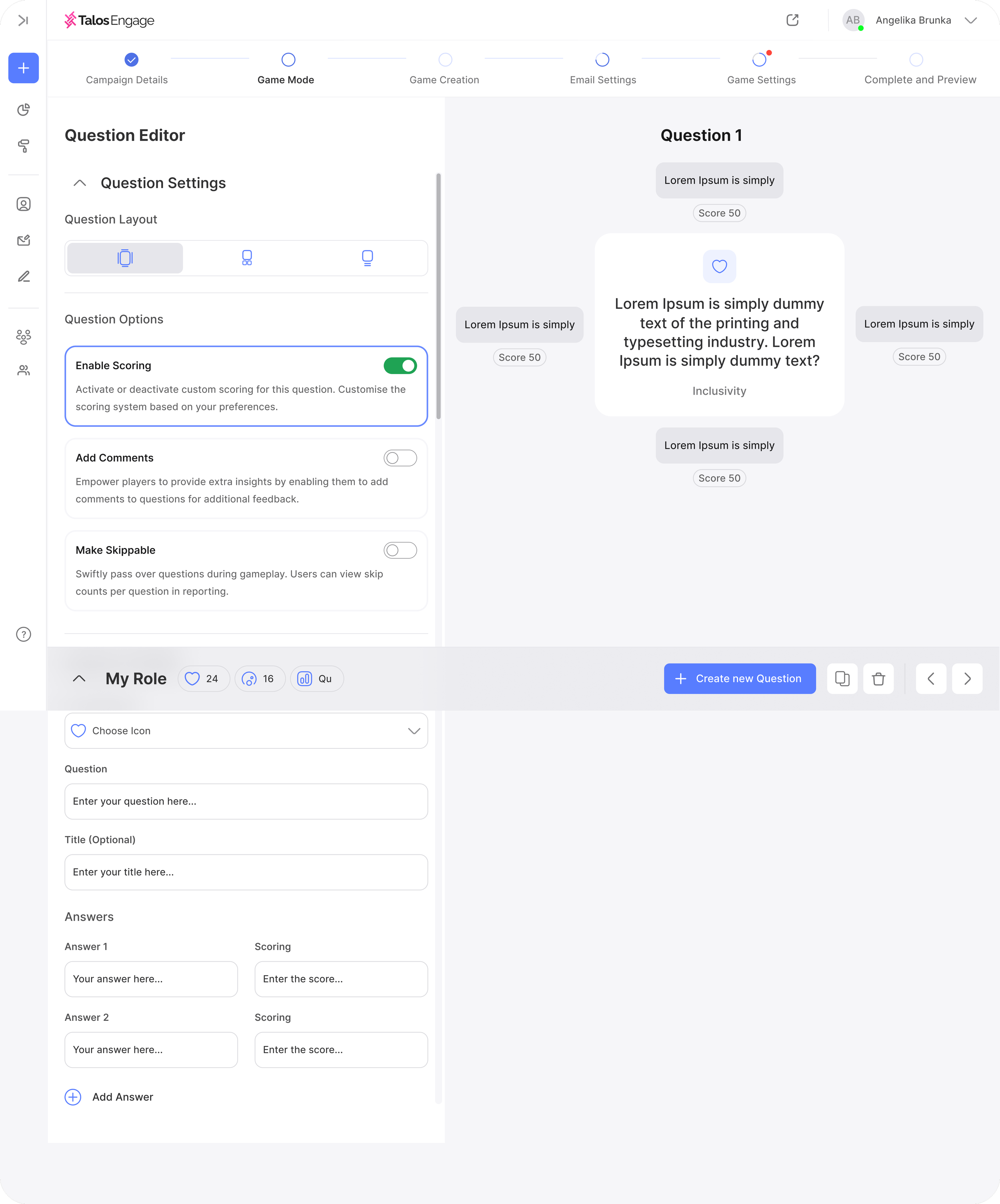
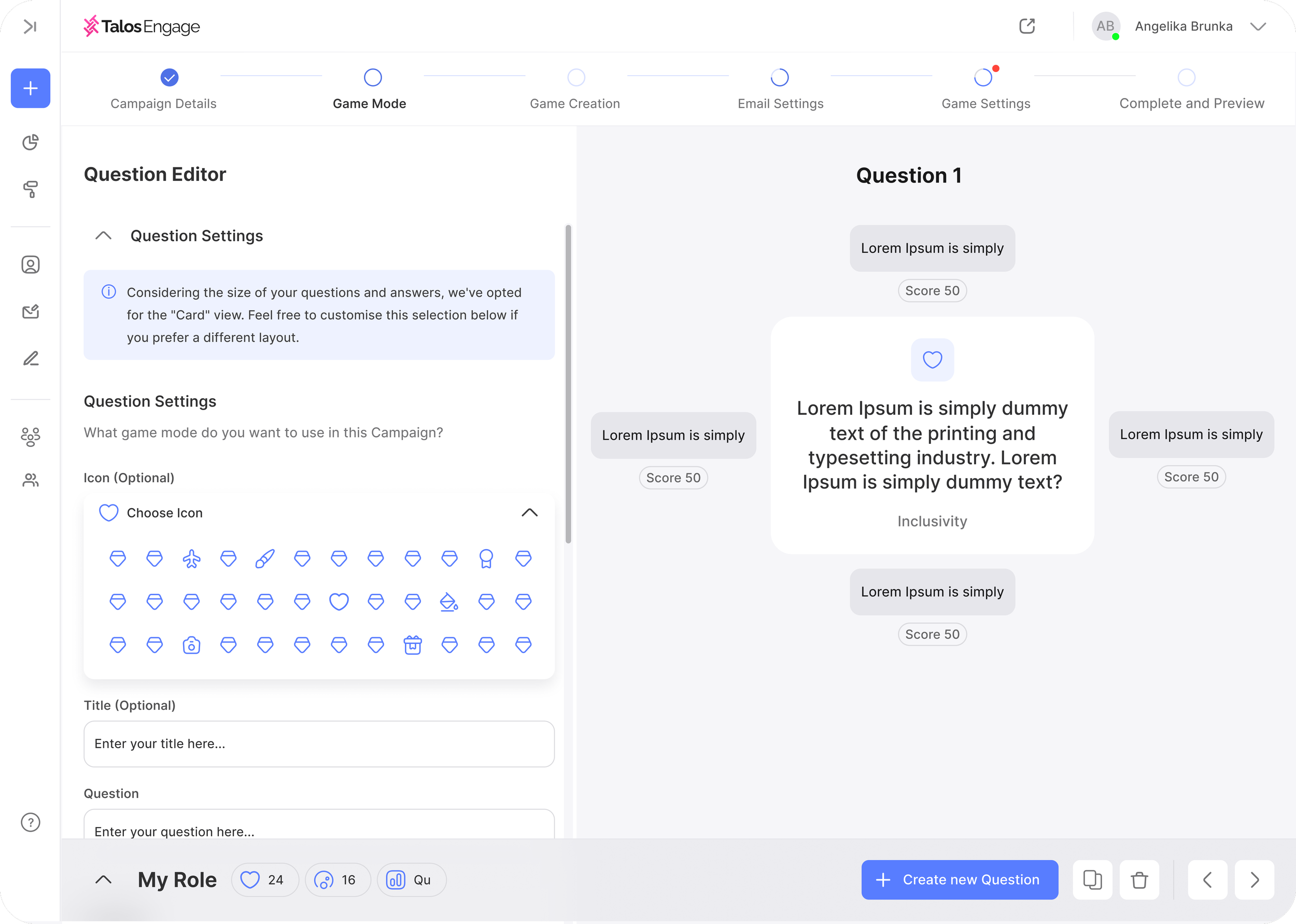
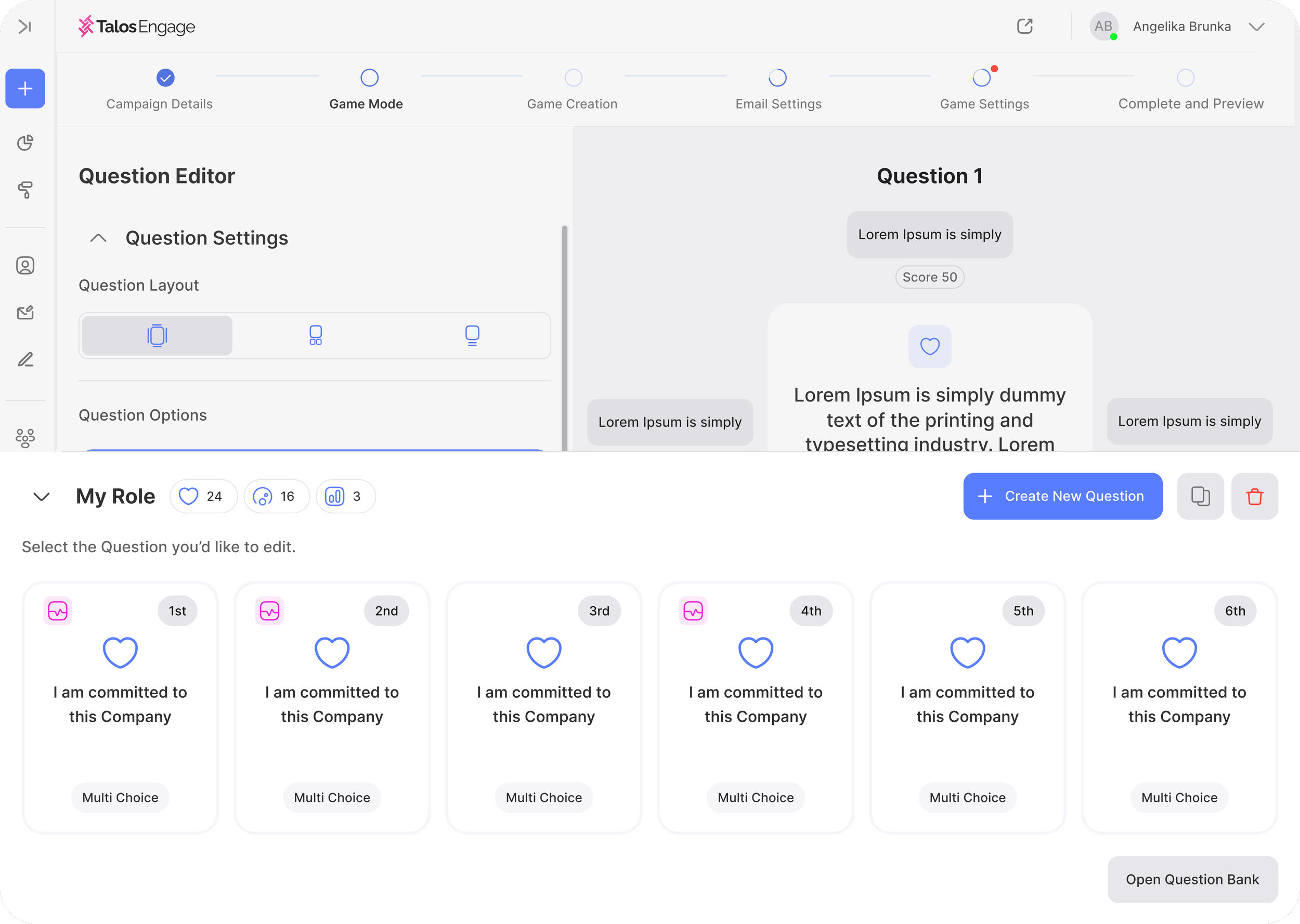
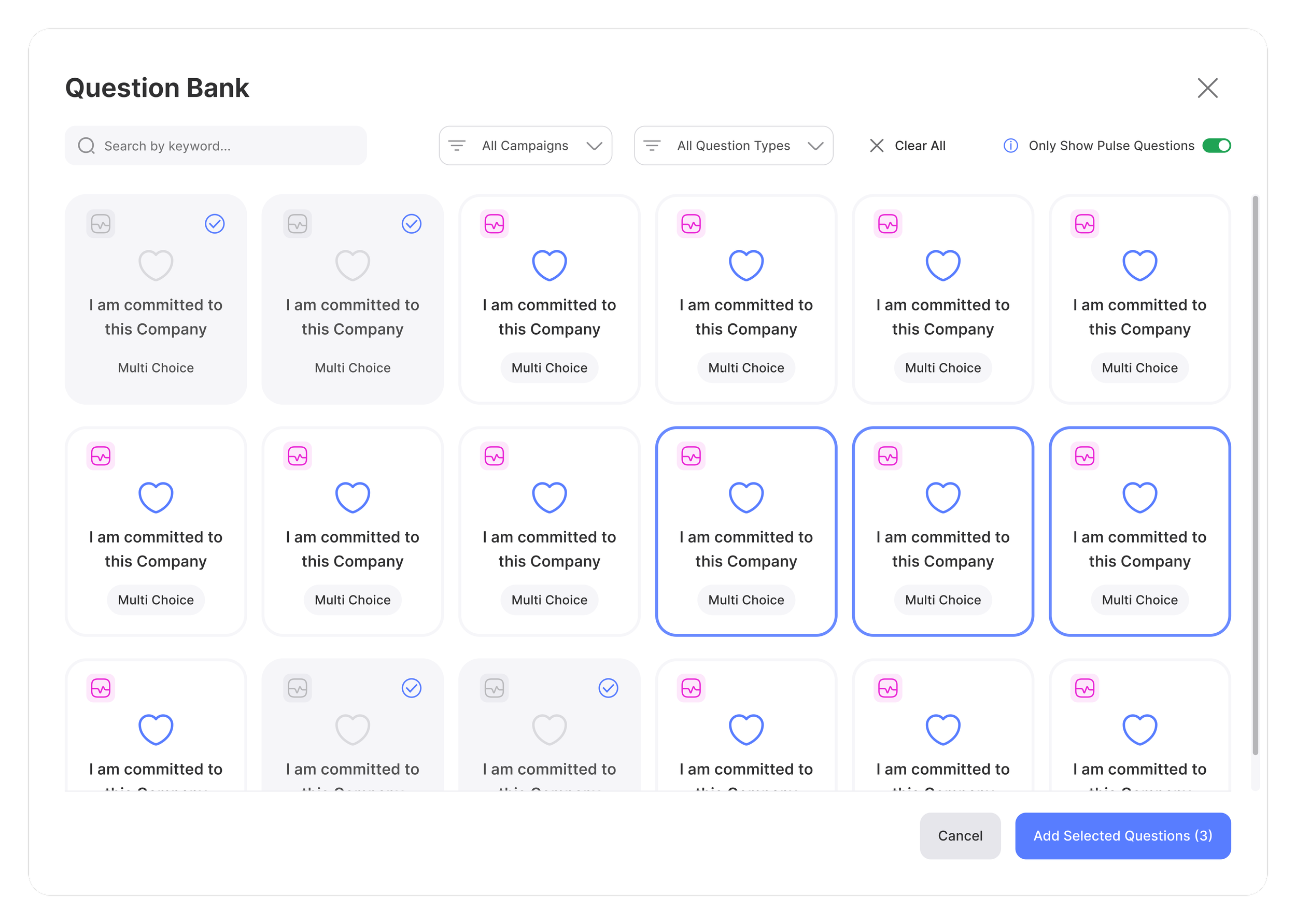
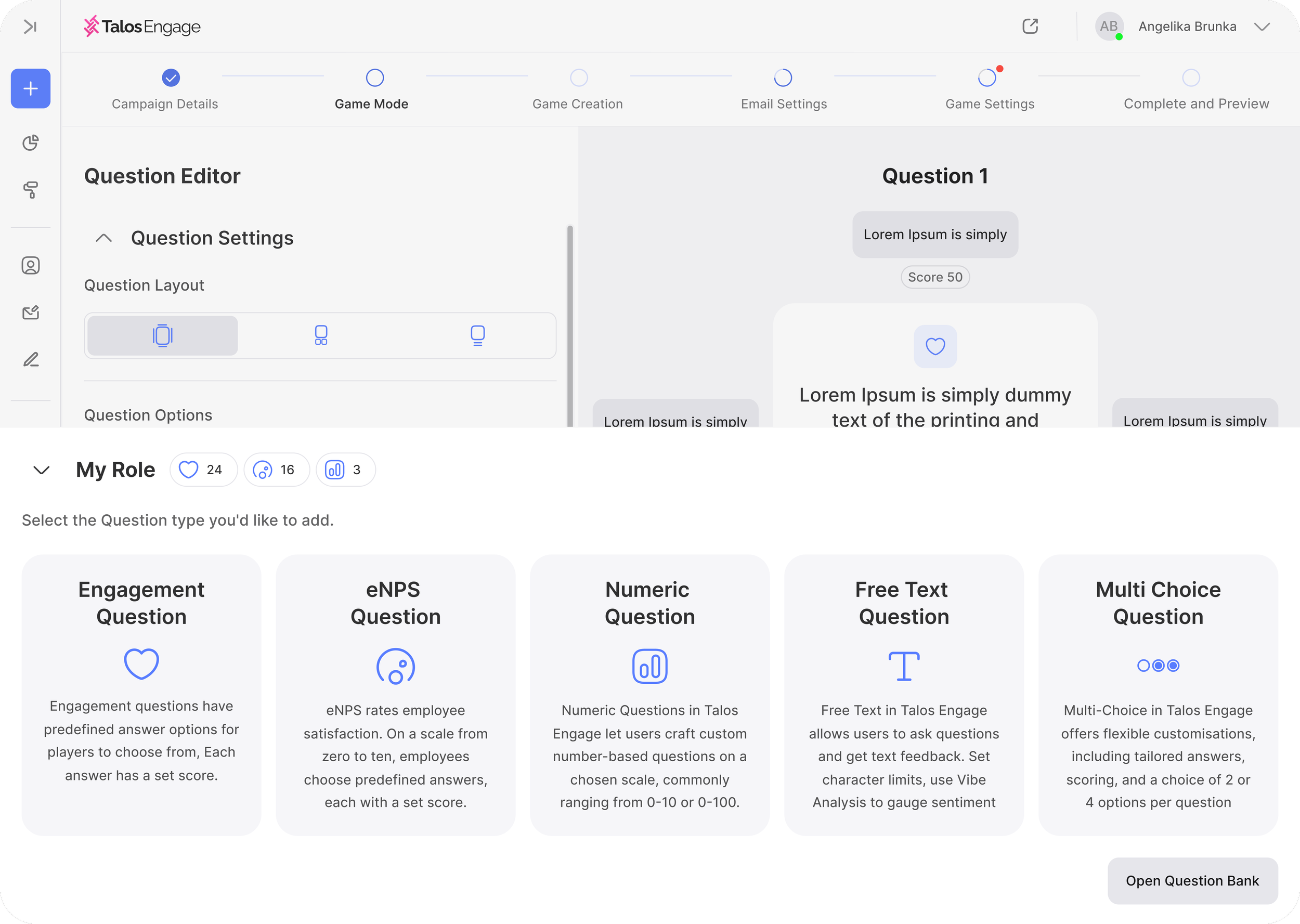
Walkthrough
Watch a recorded walkthrough of the Campaign Creation feature on Engage, or view the Figma file.
Quick Create & Manage your Filters
Take a minute to write an introduction that is short, sweet, and to the point. If you sell something, use this space to describe it in detail and tell us why we should make a purchase. Tap into your creativity. You’ve got this.
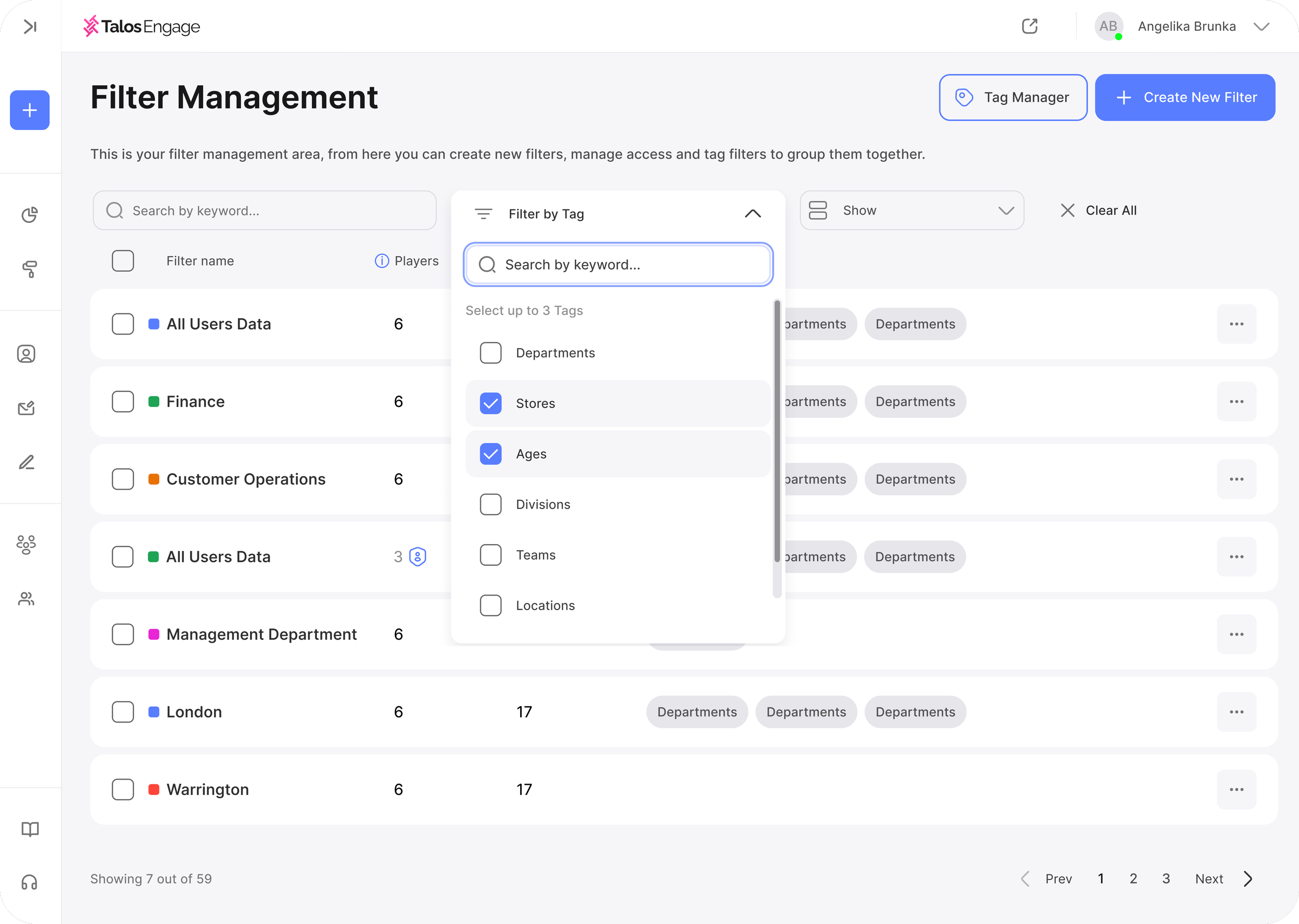
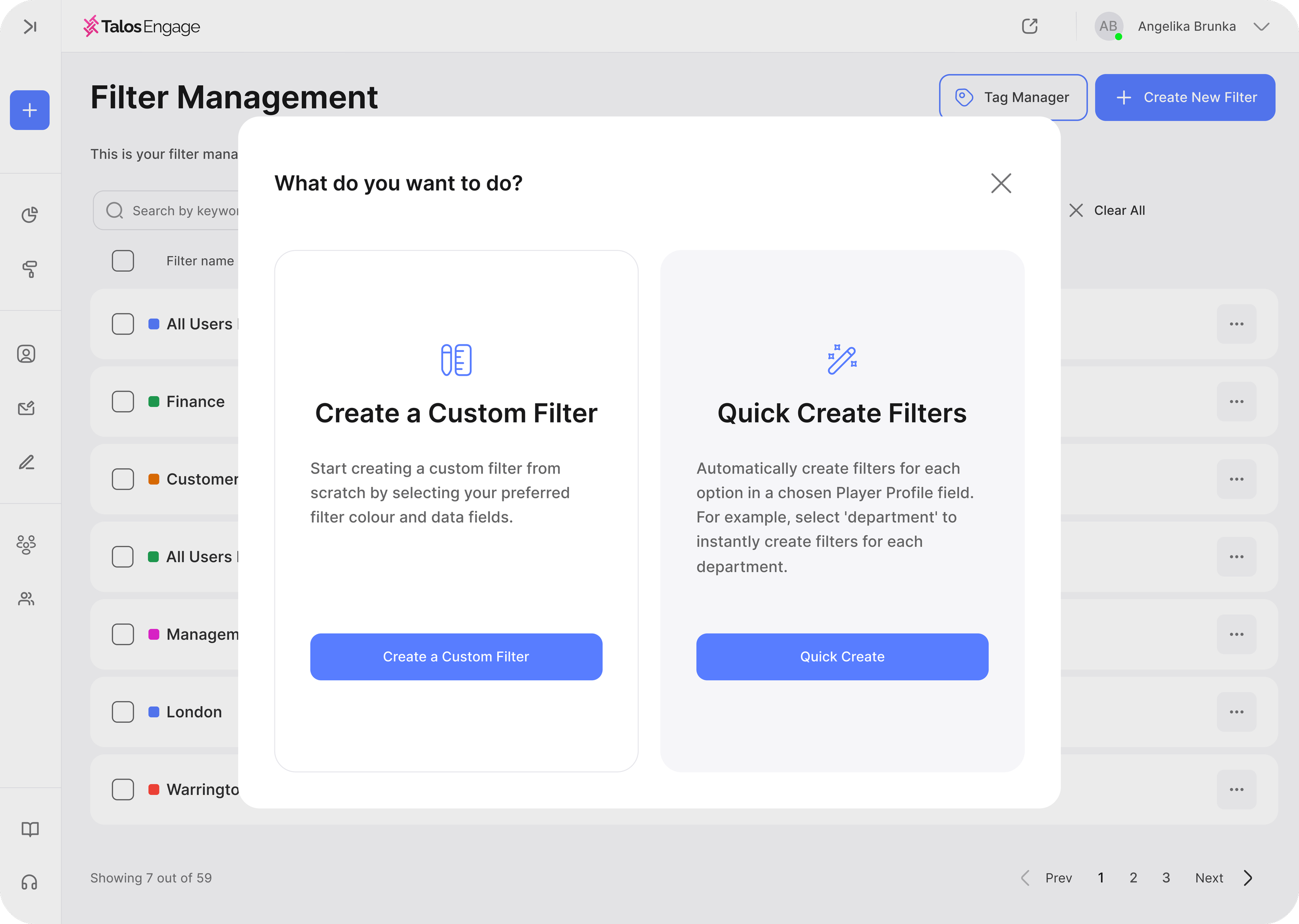
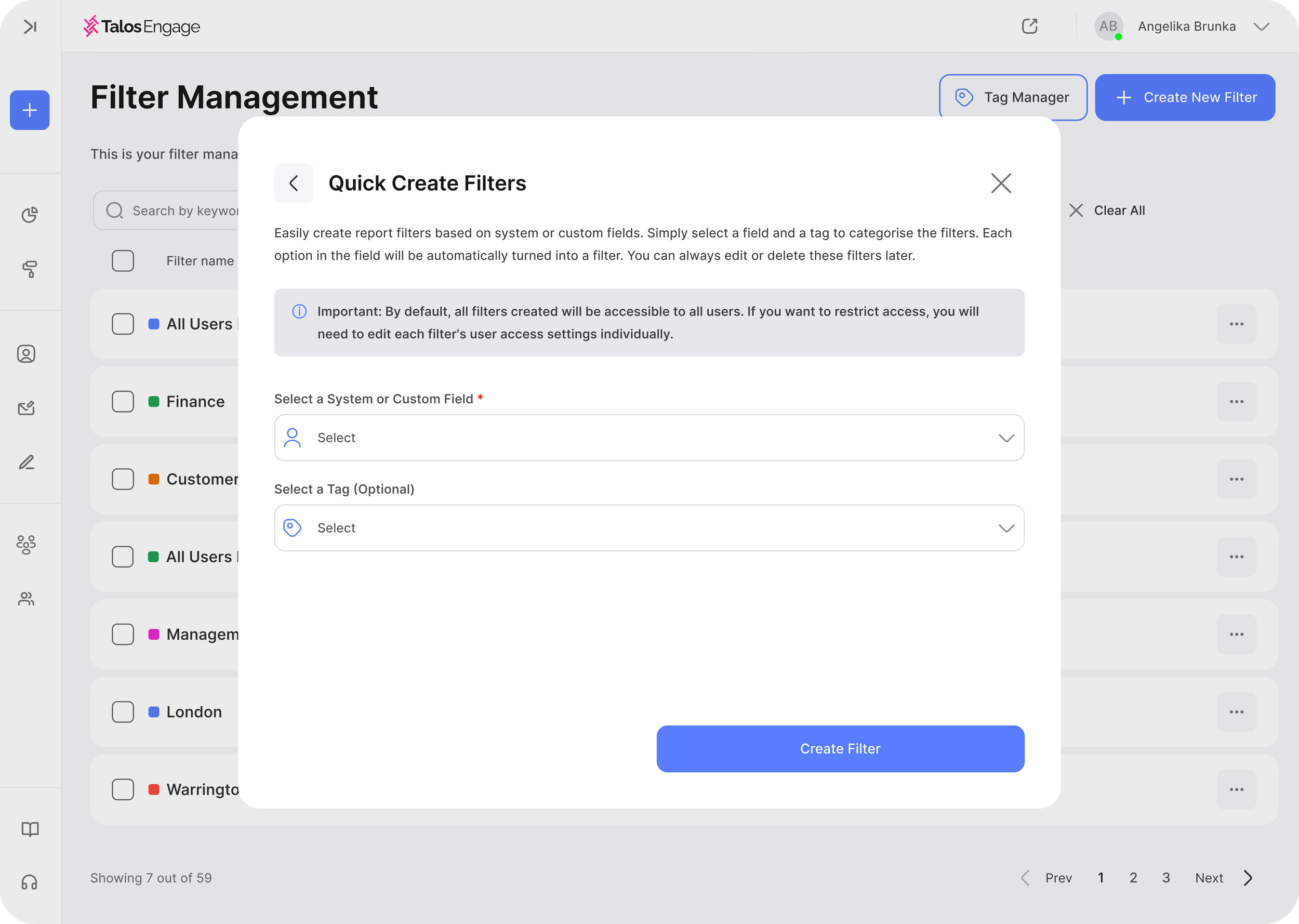
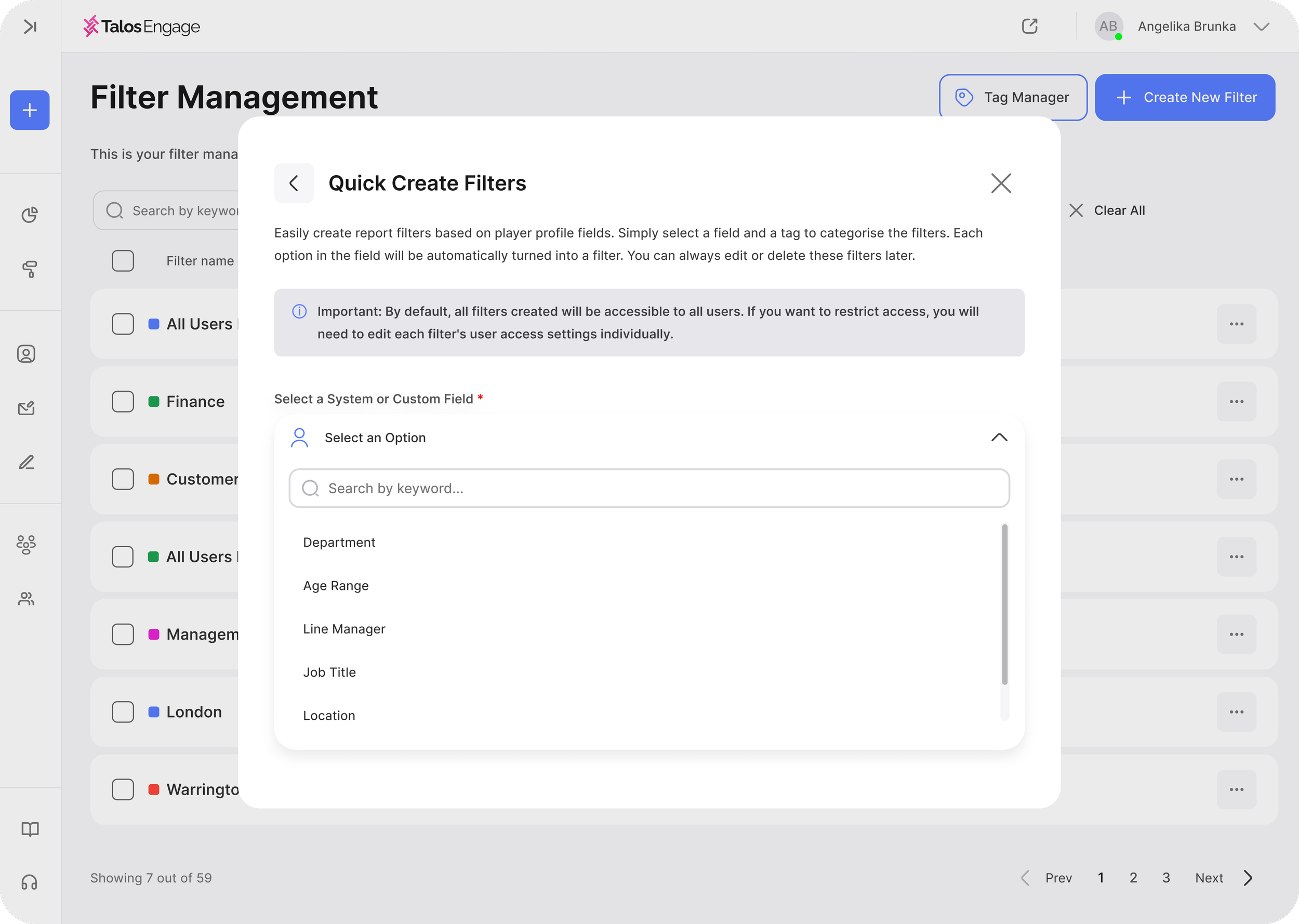
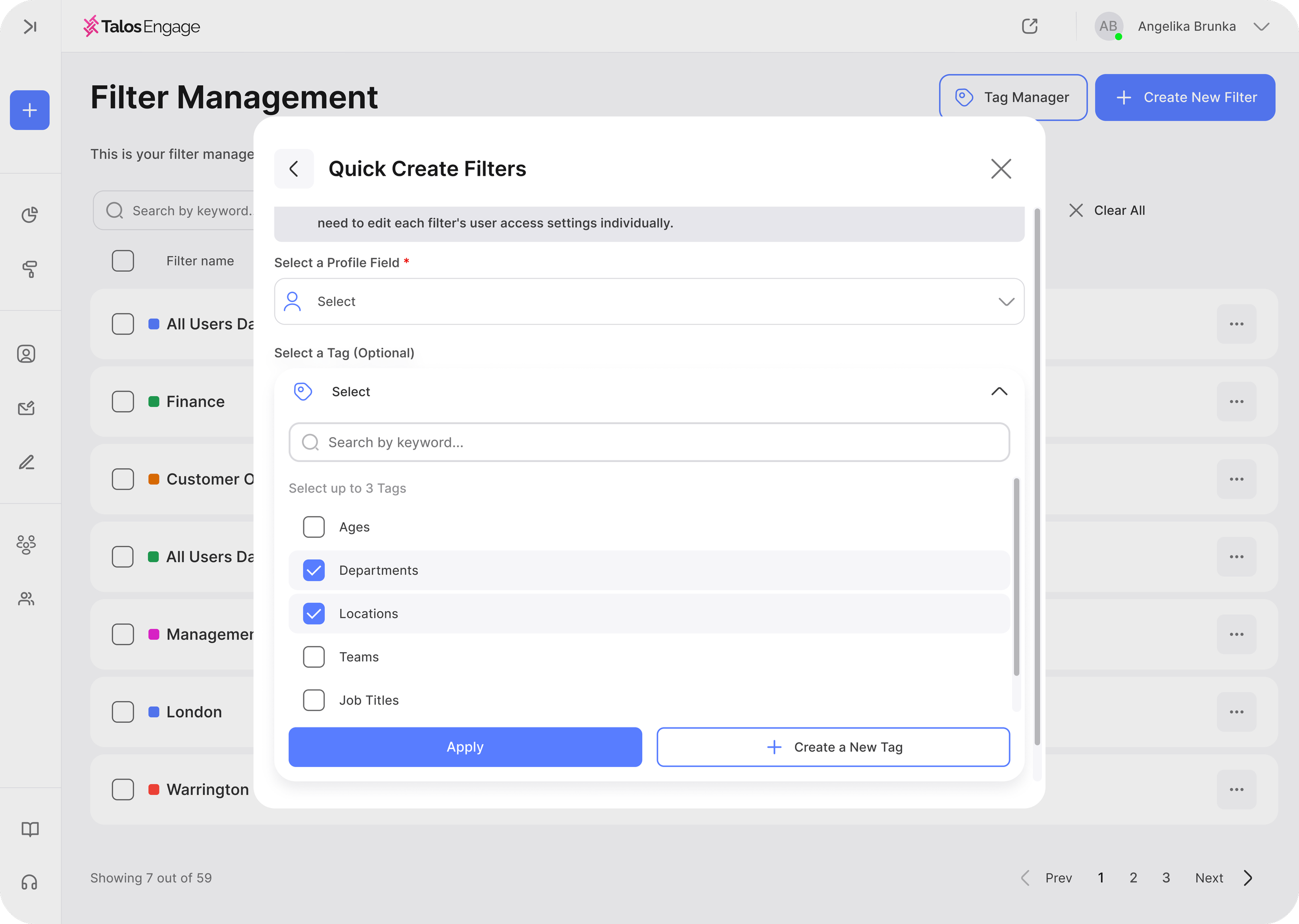
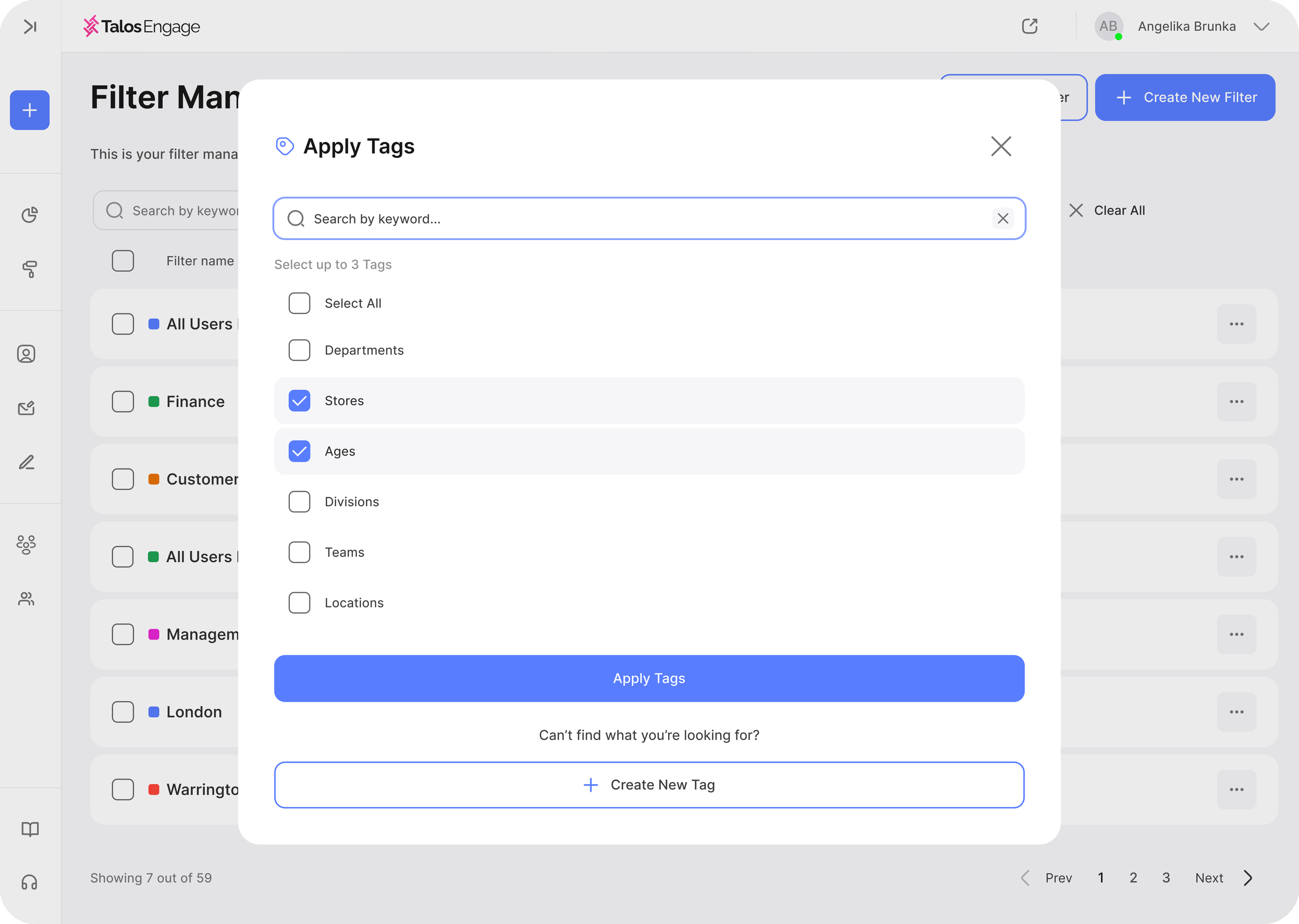
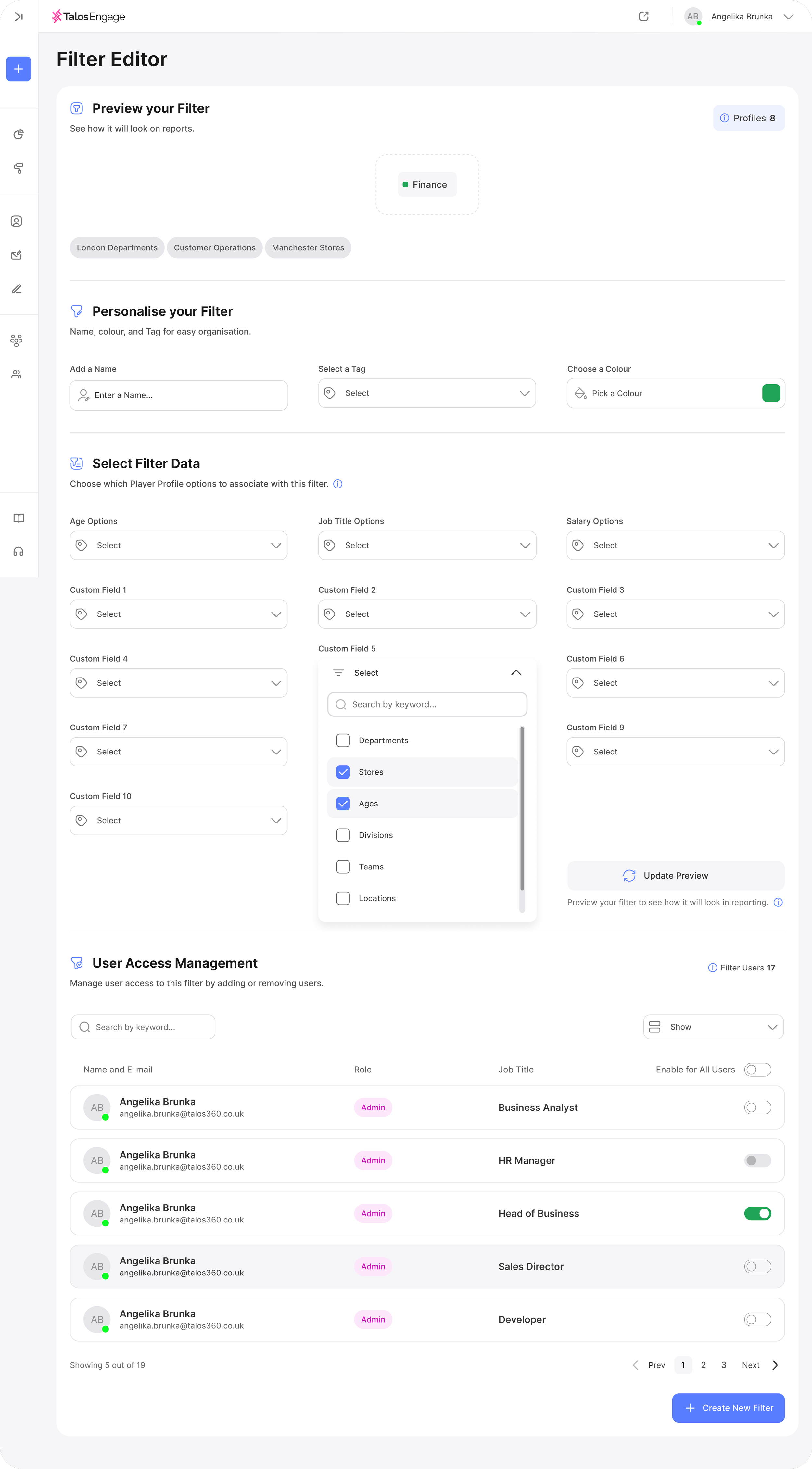
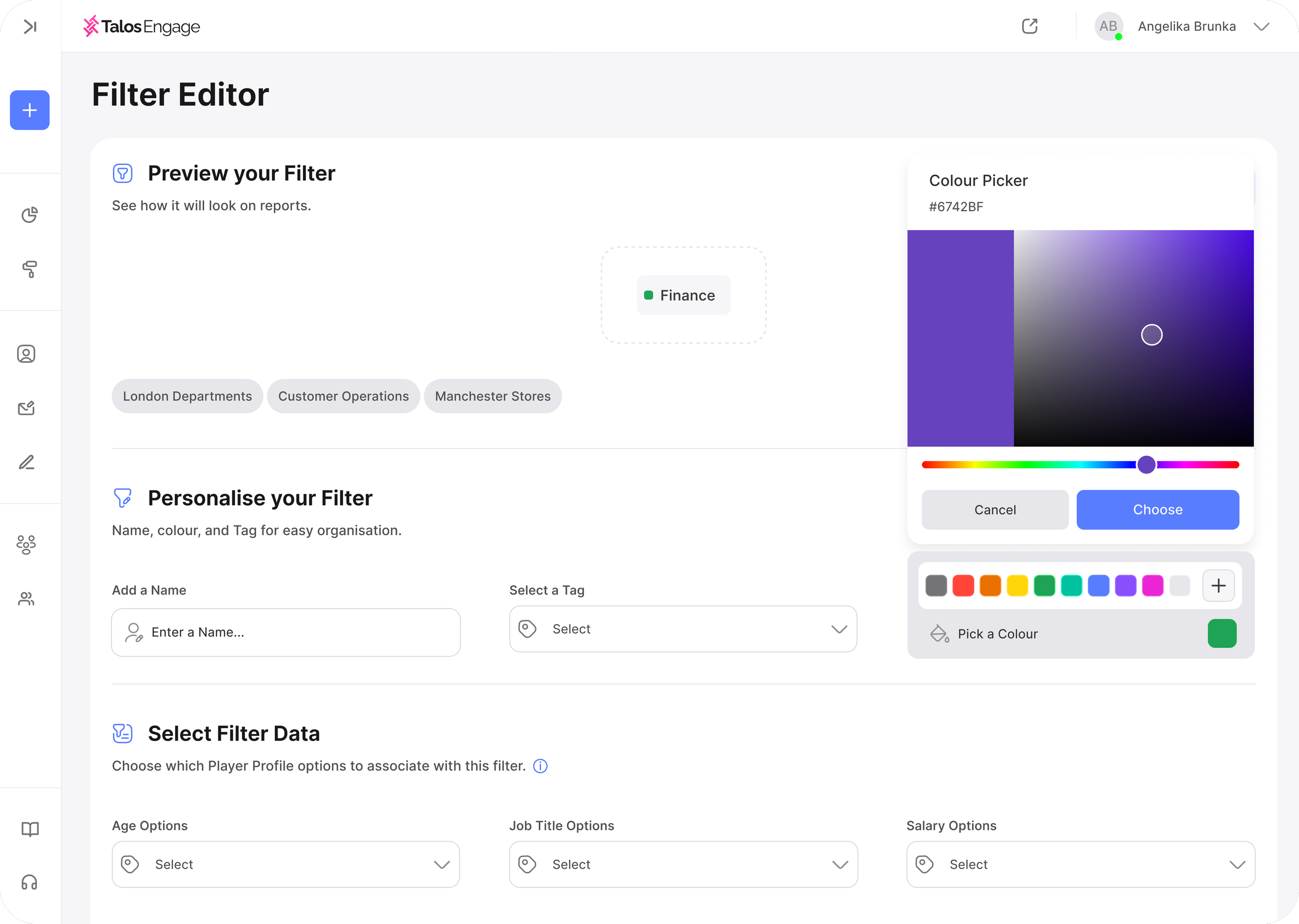
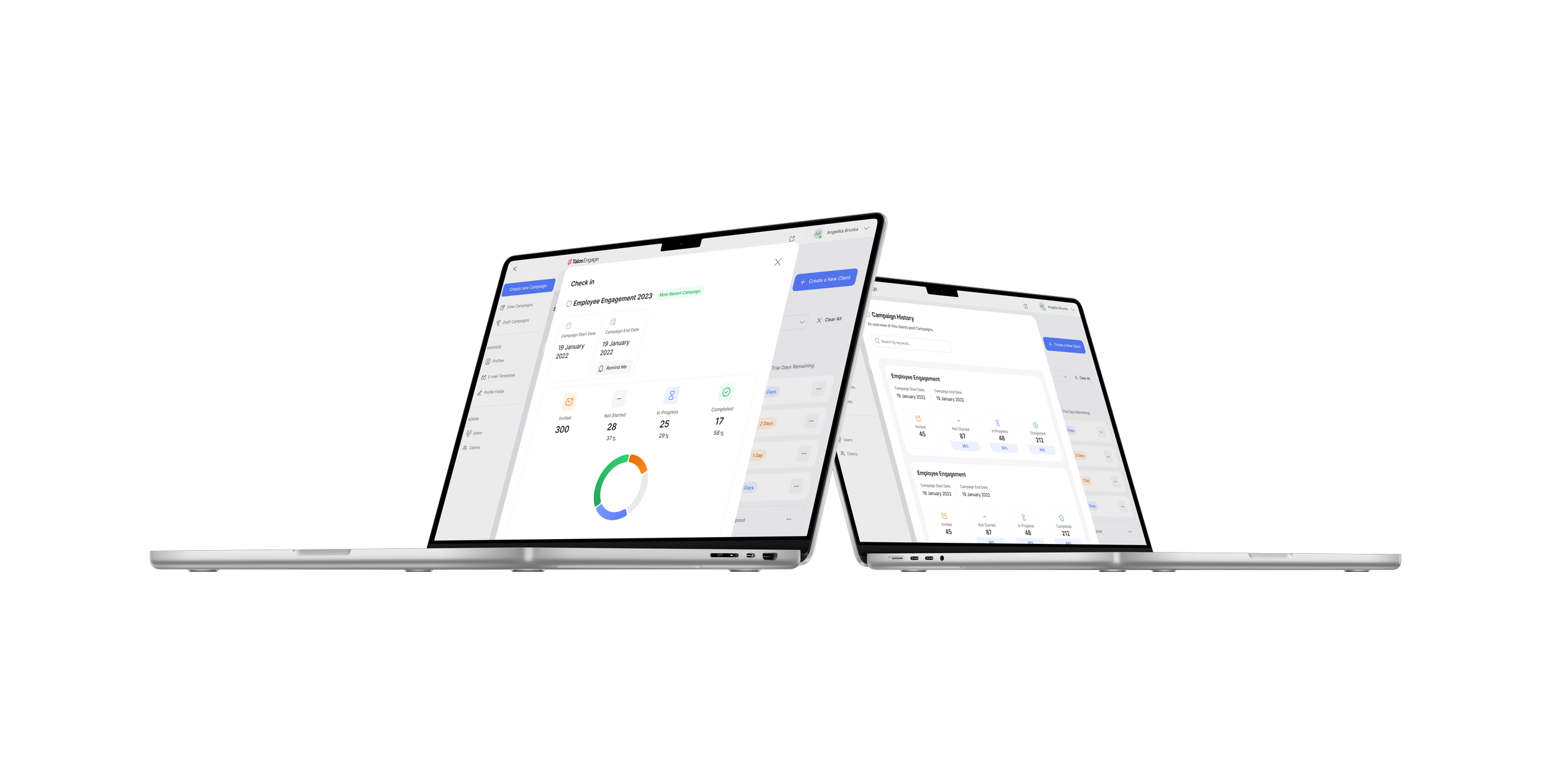
Manage Clients.
Create and manage your Clients.
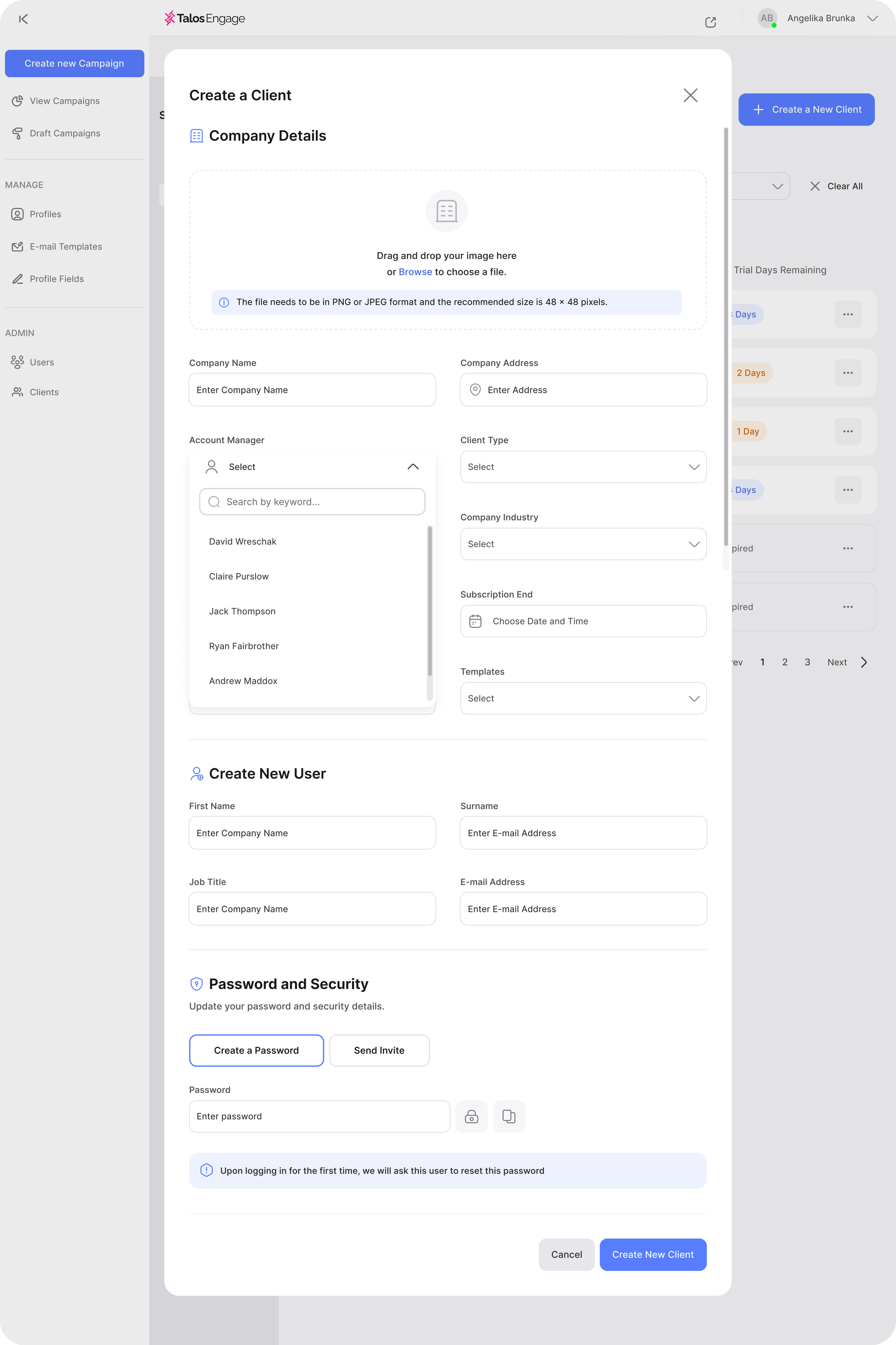
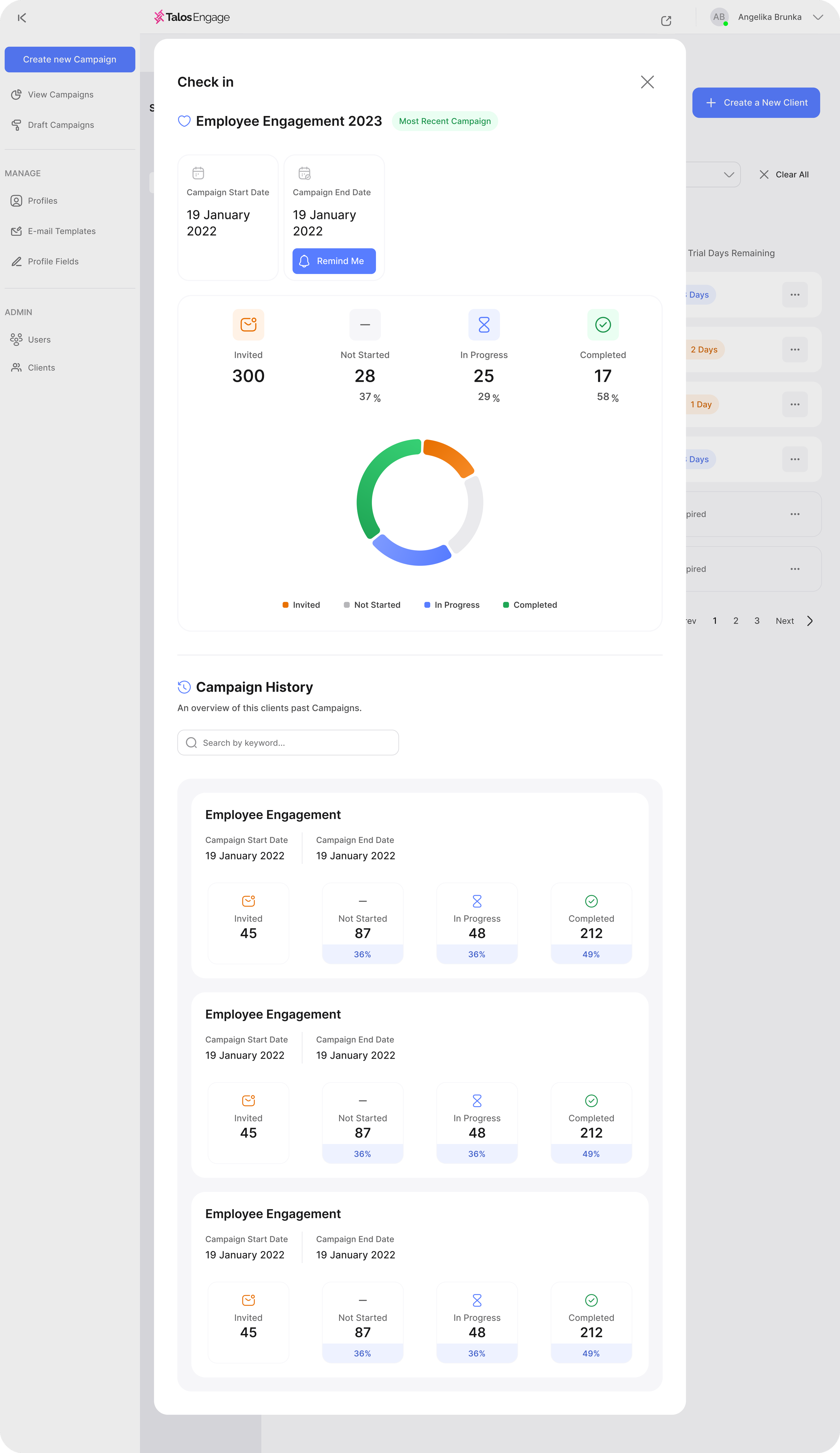

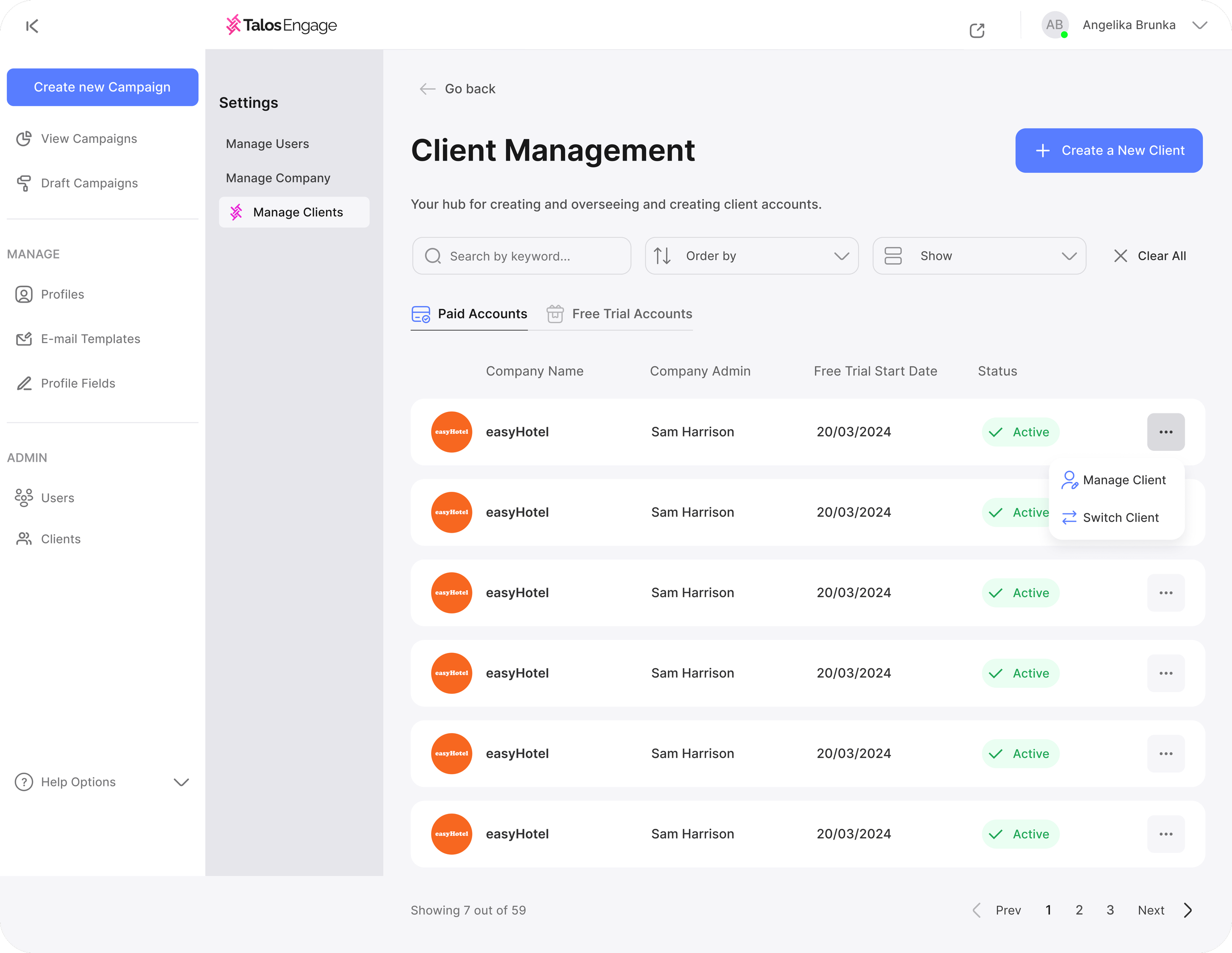
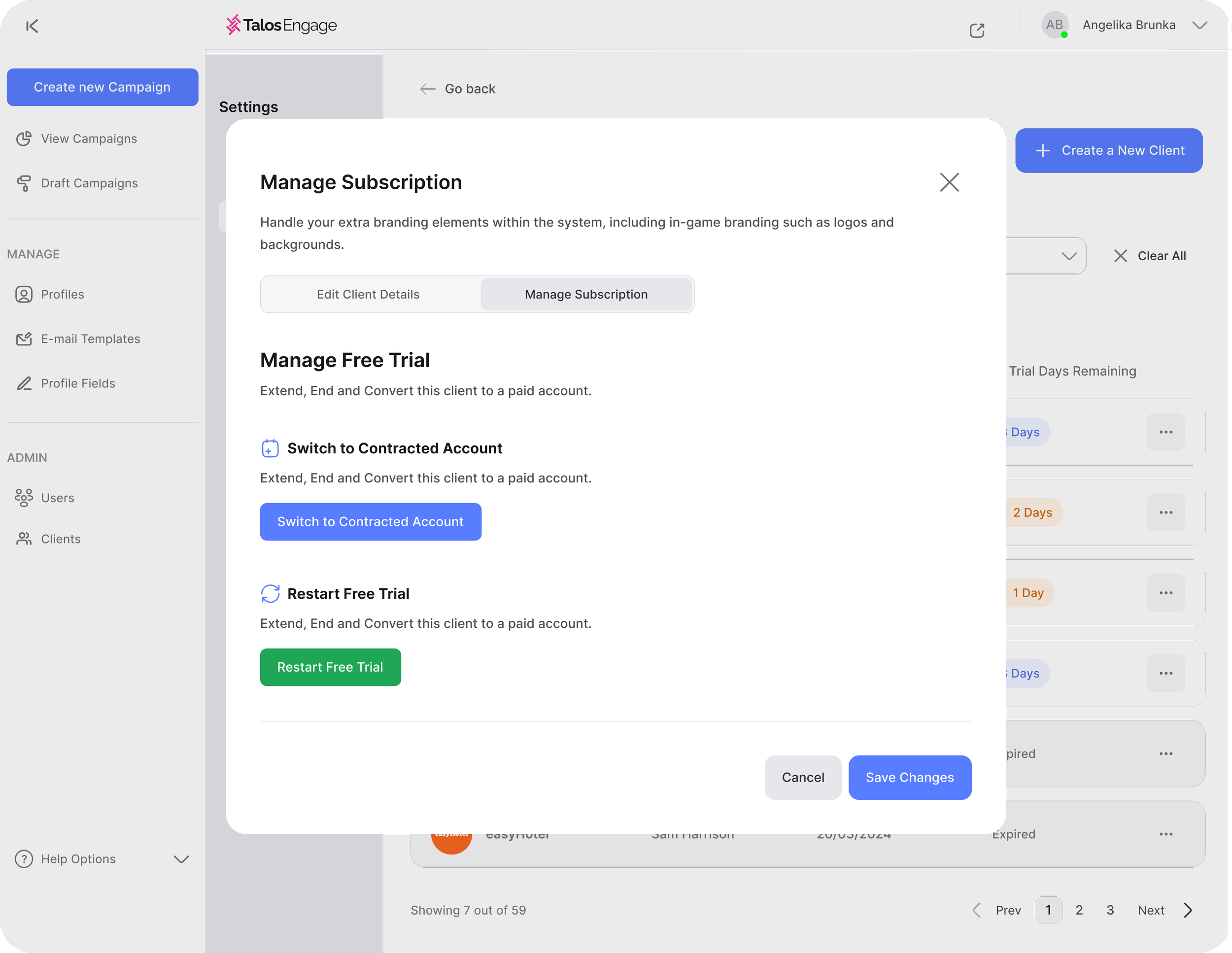
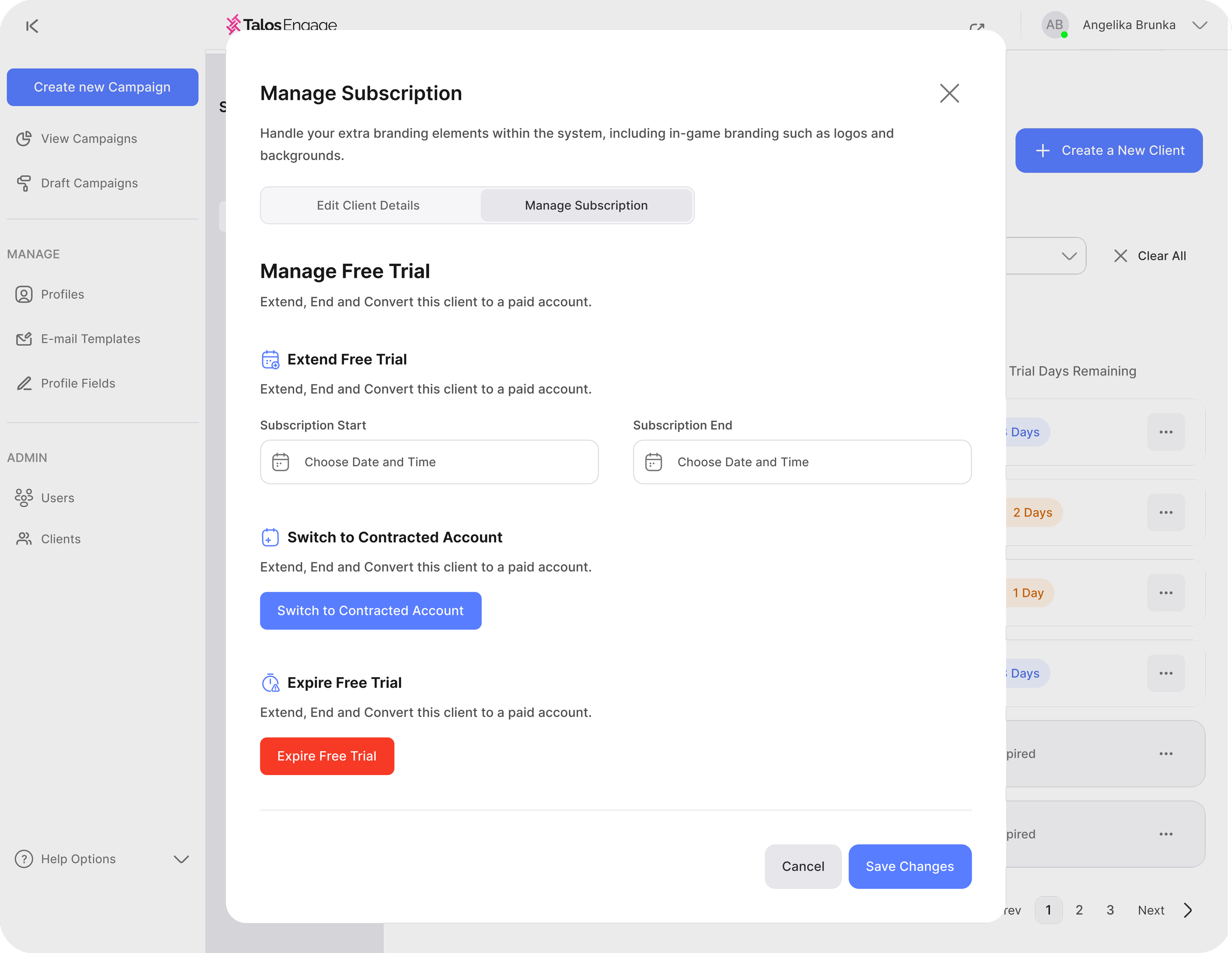
EVP Analysis
Identify your Employee Value Proposition to check the insights of why your employees come to work and why they stay. You can understand your employees through an authentic set of data.
UI/UX Design Process
Before starting any of the design processes, we need to comprehend the product’s purpose. We also need to do our own investigation. Below is the Design Process for Campaign Creation feature.
Define the Project
Before we start working on the project we need to understand who it is for, what the goals and needs are, but also what the UX roadblocks or challenges are.
Business Goal
The business goal is to attract and encourage new users to create more campaigns, which will have an impact on increased sales and purchases. The campaign is a set of questions sent out to employees to measure the company’s employee engagement, productivity and retention: EVP (Employee Value Proposition), NPS (Net Promoter Score), Surveys, Pulse, Onboarding & Exit.
Celem biznesowym jest zainteresowanie nowych użytkowników i usatysfakcjonowanie obecnych przez przeptojektowanie istniejącego już Campaign Builder.
Design Needs
There is a need to re-design an existing campaign creation feature, which doesn’t meet the business and users expectations as it’s very basic in functionality and inconsistent with the new UI.
Potrzebą projektową jest przeprojektowanie istniejącego już Campaign Builder tak, aby spełnił on oczekiwania biznesowe i użytkowników.
Technical
The technical UX constraint is a lack of user data on how Engage users currently interact with the product, what paint points do they currently have, what do they expect from the feature. As there is no real user data, this project will showcase hypothetical users response based on some information from other departments like marketing team.
Techniczna blokada ze strony procesu UX-owego jest taka, że nie istnieją dane od użytkowników. W związku z tym proces będzie opierał się na danych hipotetycznych, stworzonych w oparciu o intuicję i feedback usłyszany z Marketingu, który miał bezpośredni kontakt z użytkownikami.
UX Research
In the very first step, we need to gather a lot of information about our target audience, competitors, and the product feature we want to create.
User Interview
User interviews help to gain insights into users’ needs, behaviours, and attitudes towards a product or service. It provokes the problem awareness of creating a campaign.
Empathy Map
Empathy Maps helps to understand and empathise with users by organising their thoughts and observations around the user’s experience.
User Pain Points
This process involves identifying User Points and understanding the challenges and frustrations that users face while interacting with a product or service.
Personas
Personas are fictional characters, which represent the different user types that might use Engage. They help to understand user needs, experiences, behaviours and goals.
Emma Johnson
“I love finding the best talents and making them stay at the company”
Education
BA (Hons) Business and Human Resource
Location
Birmingham, UK
Age
34
Occupation
Talent Acquisition & HR Team Leader
User Journey Map
Creating Journey Map helps UX designers understand the user’s experience and identify pain points and opportunities for improvement.
Problem Statement
Identifying the problem statement helps to provide a focus and direction to the design process.
Competitors Analysis
Competitors analysis helps to inform design decisions and identify opportunities for differentiation and improvement
Define & Ideate
In this step, we have a clear understanding of what the audience is looking for, as well as what competitors are offering. Therefore, we need to define and organise what we have gathered so far.
Brainstorming
Now that we have defined the problem, it’s time to generate some ideas through ideation techniques such as brainstorming.
Information Architecture
After generating ideas and identifying potential solutions, it’s important to organise and structure them using Information Architecture principles.
Site Map
A sitemap is essentially a guide that outlines the main pages on a site and their relationship to each other, showing how they’re connected and where each page fits into the bigger picture.
User Flow
A user flow shows the path a user will take in an application to complete a task. Product teams build user flows to intuitive design products, present the correct information to users at the right time, and allow users to complete desired tasks in as few steps as possible.
Wireframes
A wireframe is a 2D visualization of a digital product, ranging from very basic pencil sketches to fully interactive digital designs.

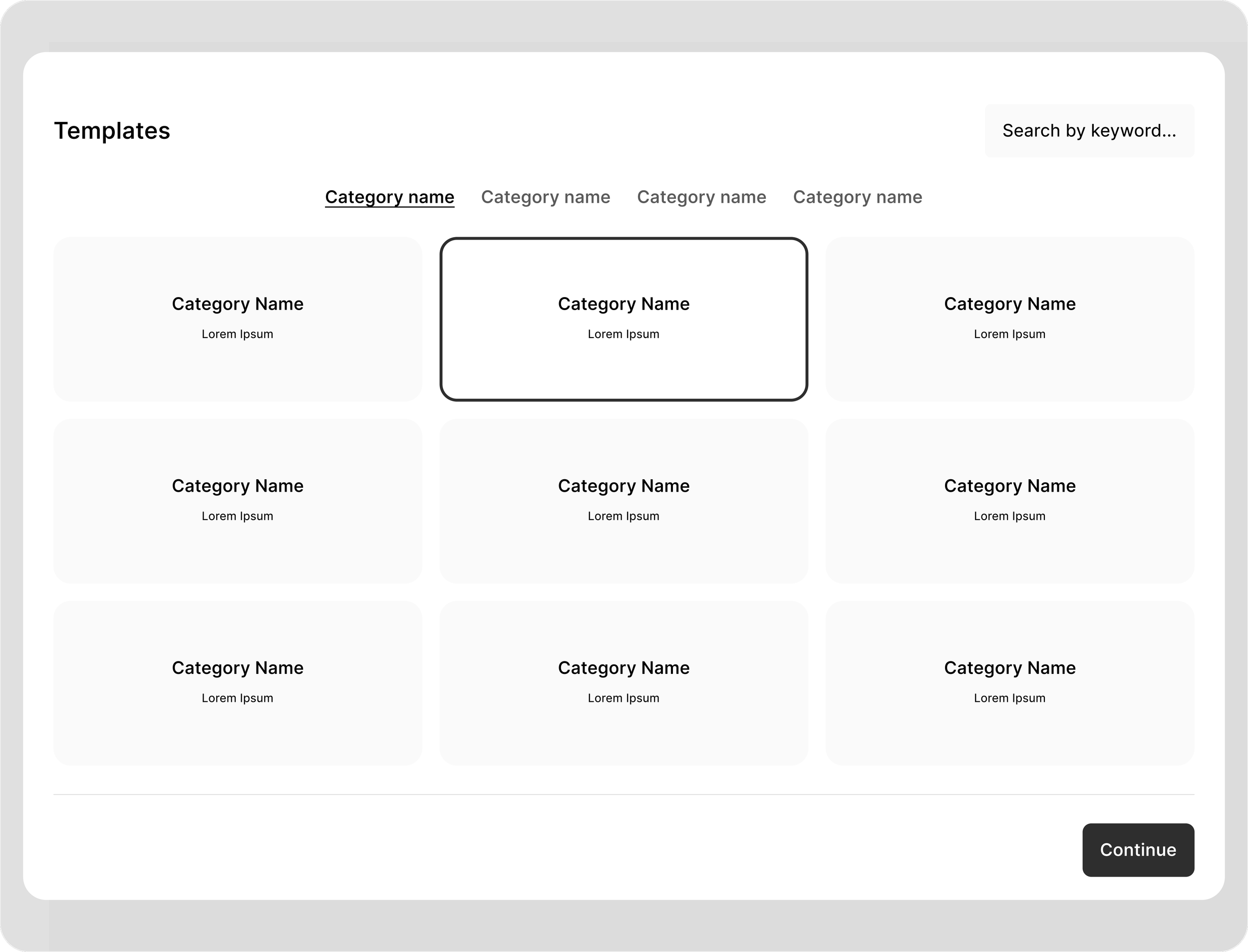
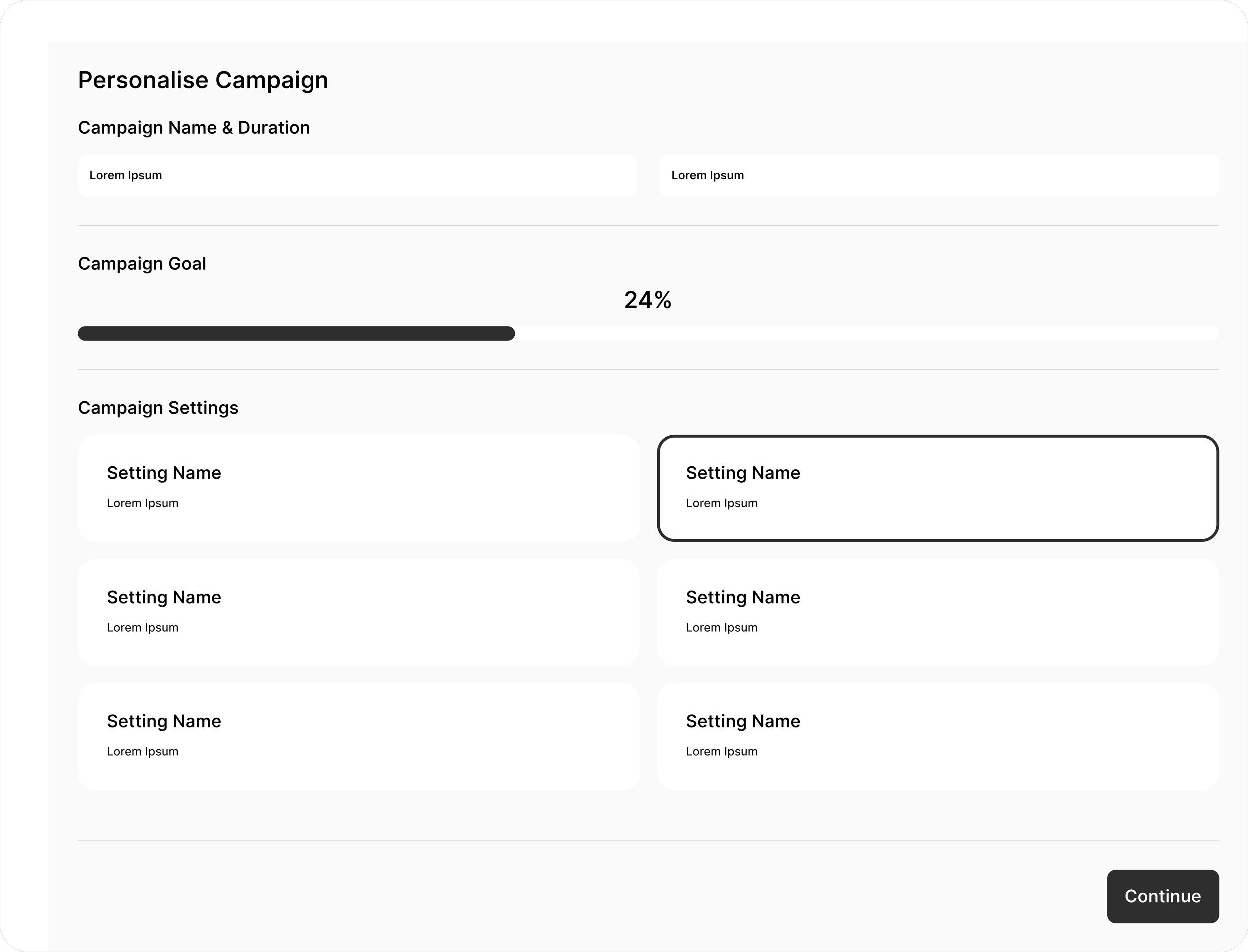
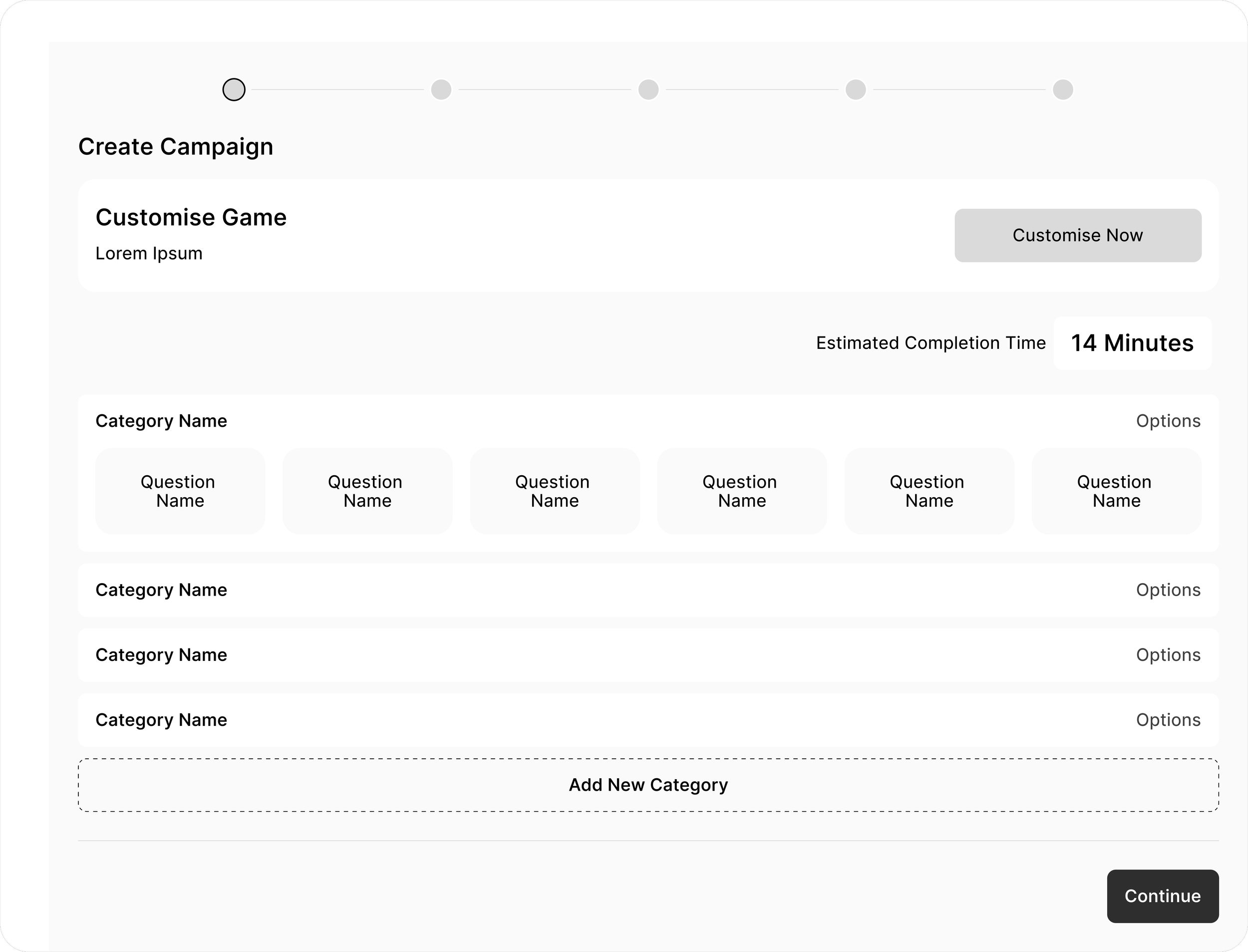
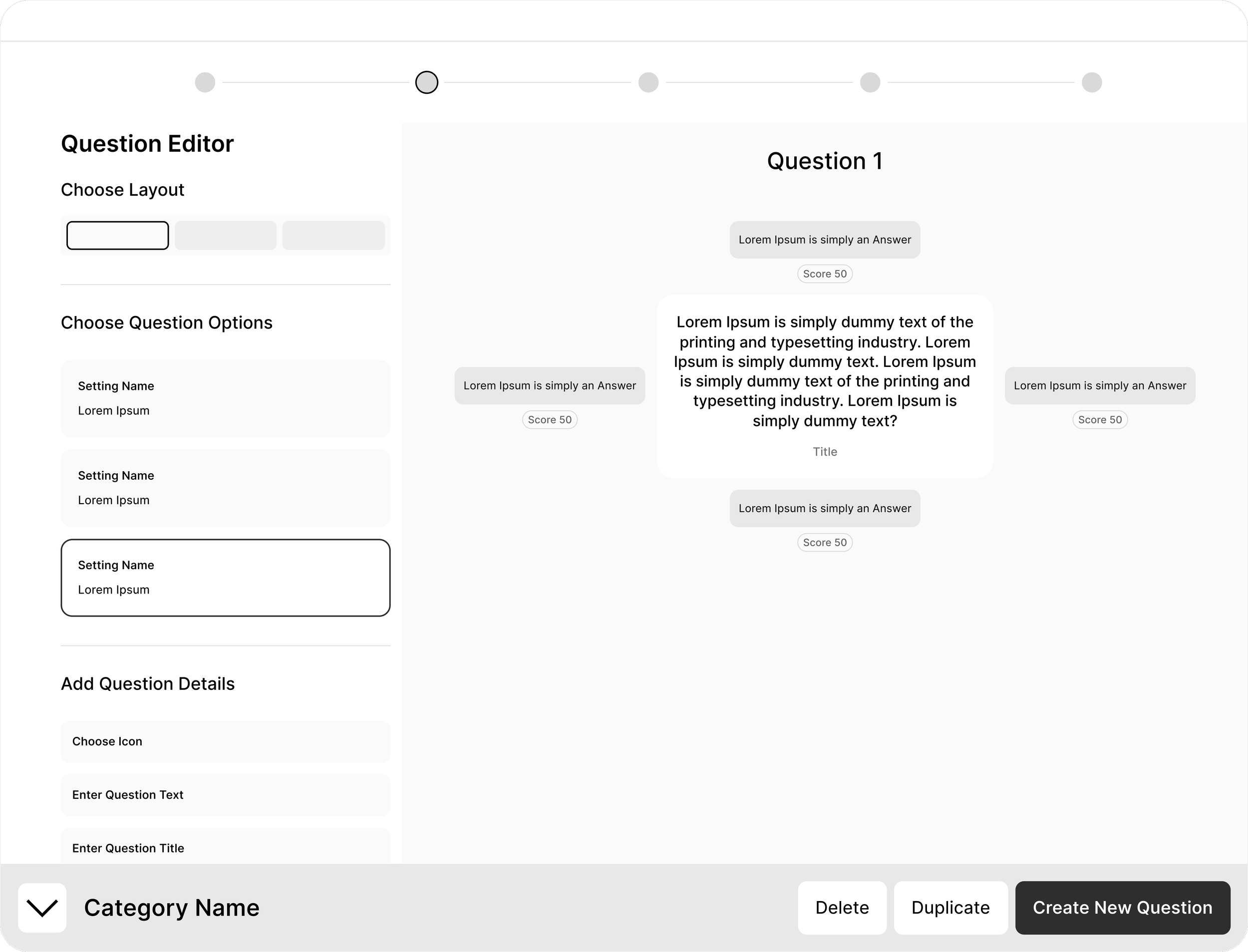
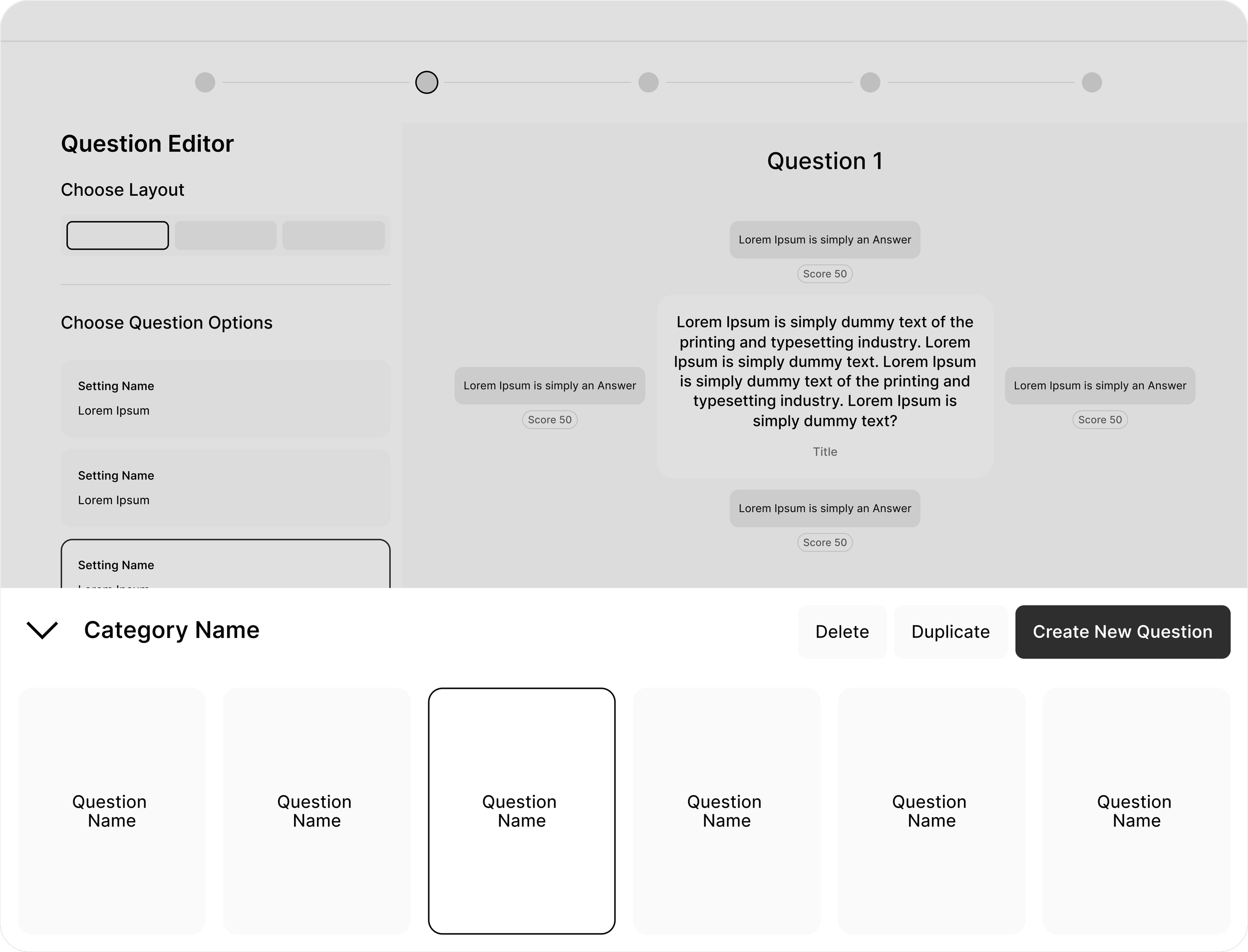
Talent Insights
You can build your own surveys with the employee engagement software for any people insights you need - People Strategy Surveys, Onboarding Surveys, Exit Surveys, eNPS, Pulse Surveys and Benefits Analysis.
Design system.
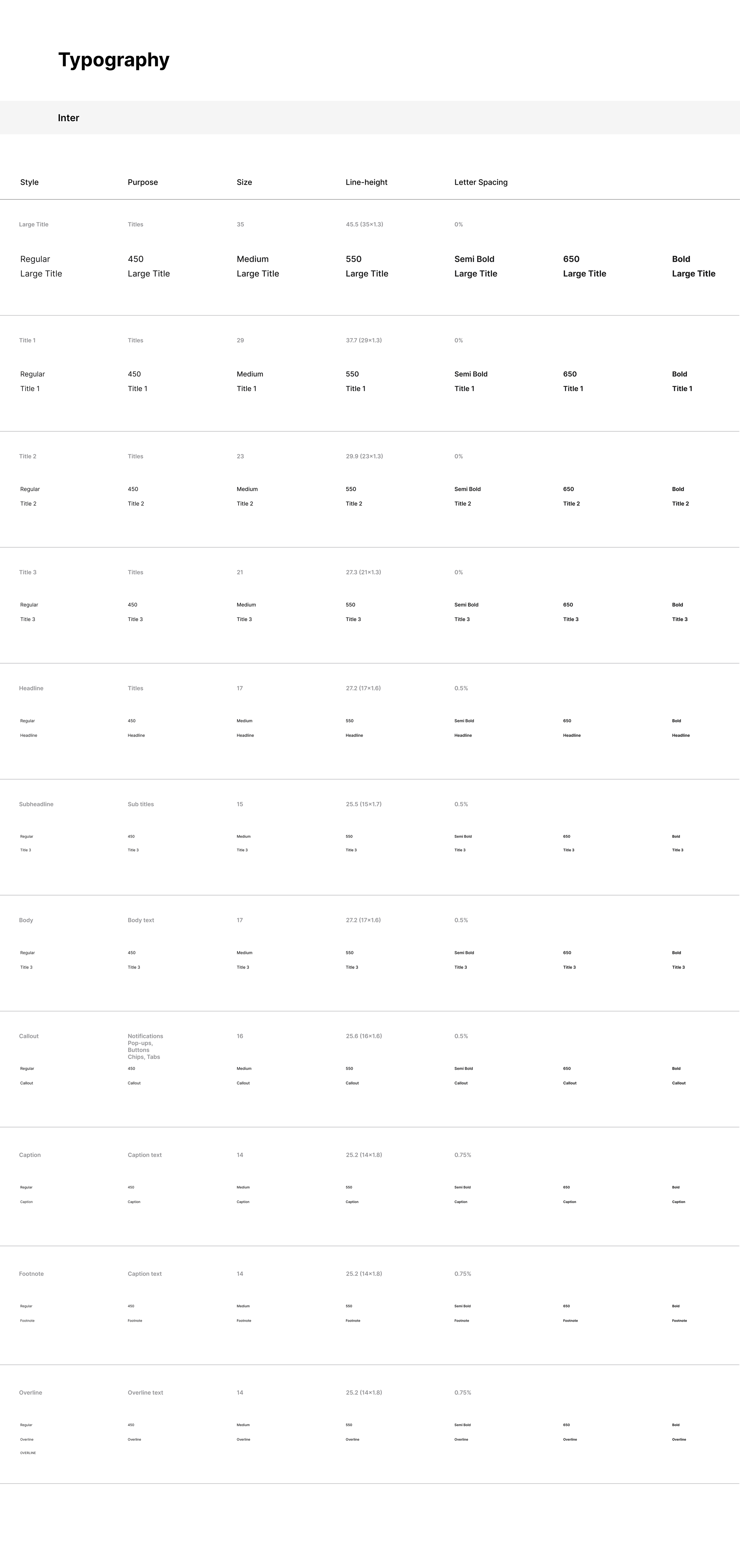
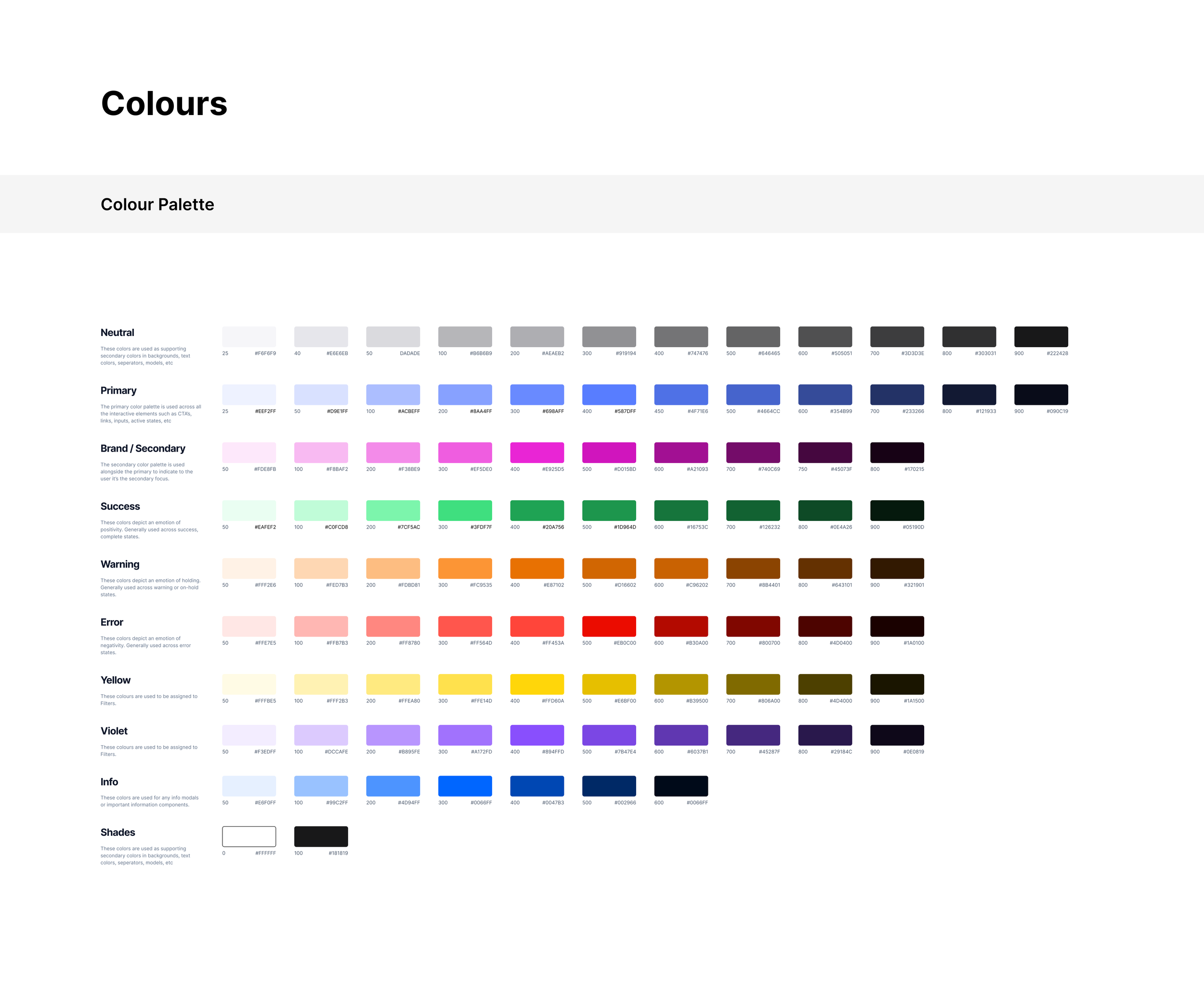

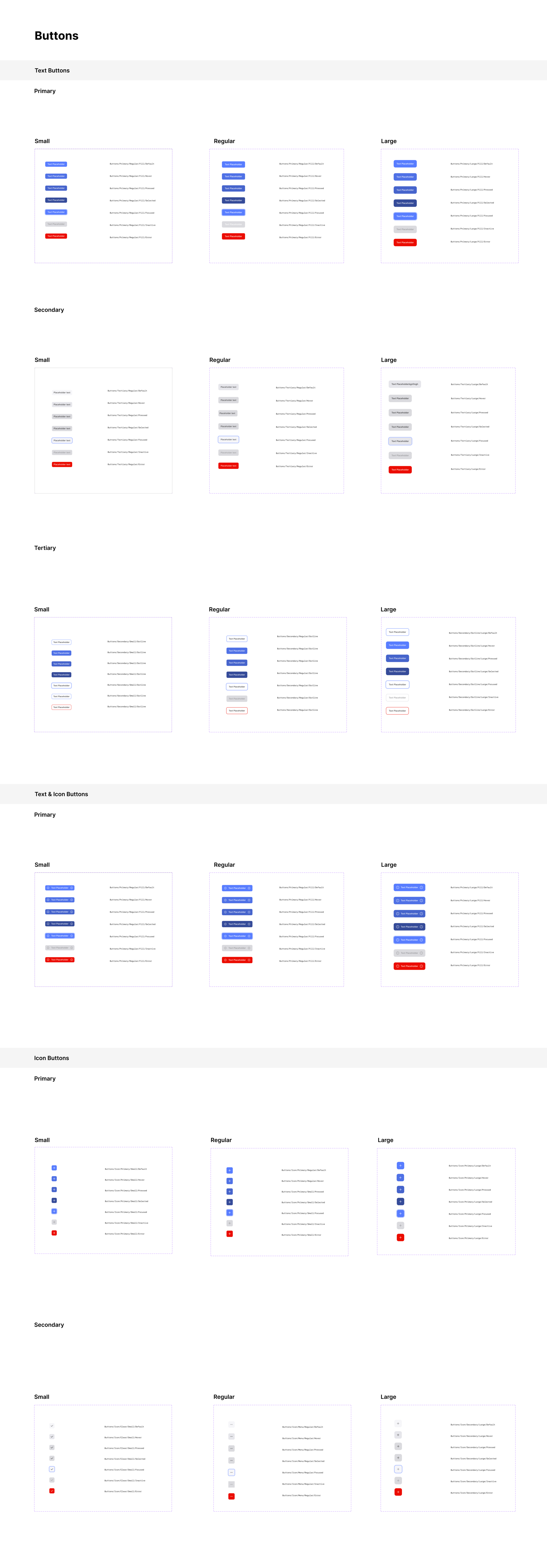
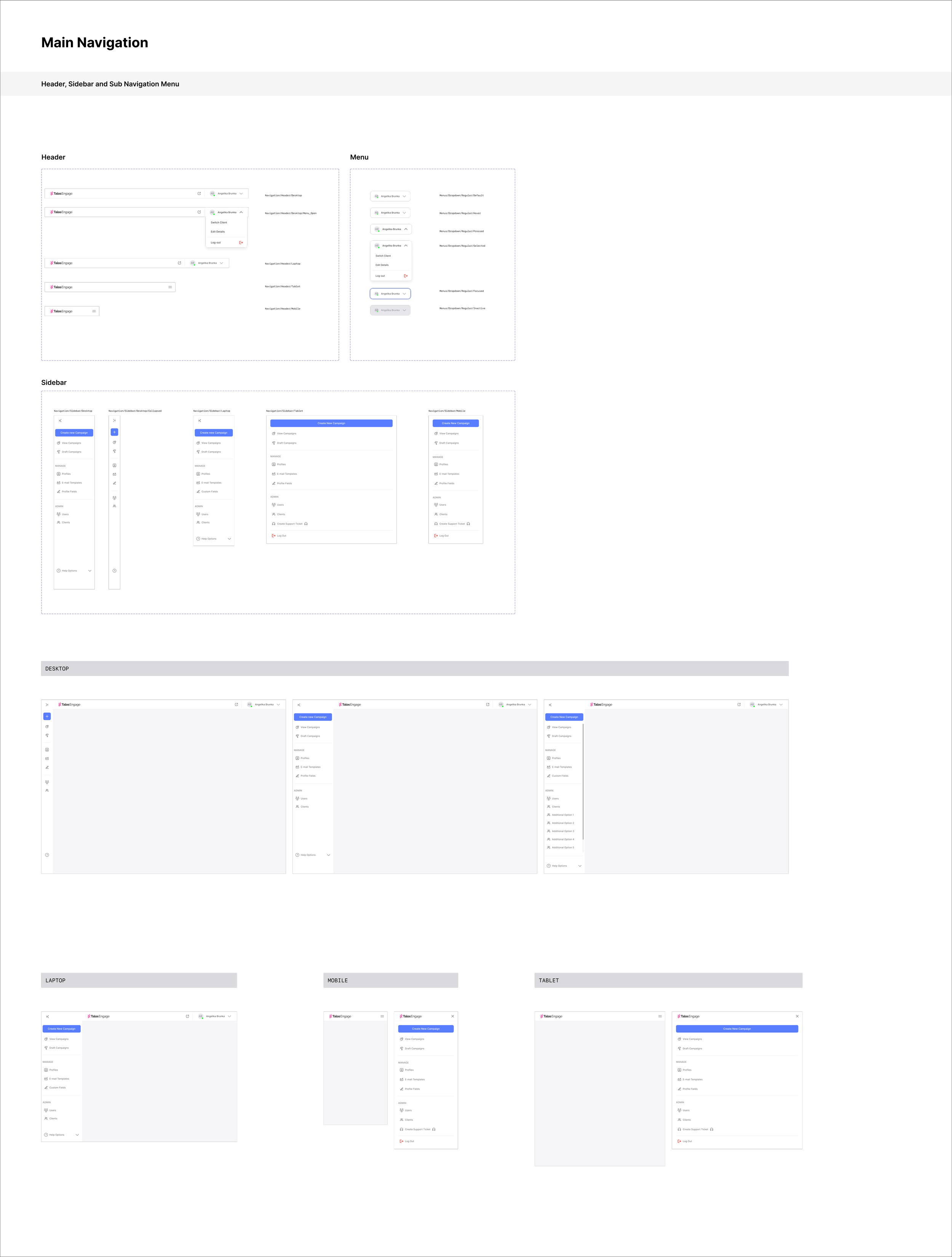

Supporting Hand-Offs
This is an example of additional notes attached to the design hand-off for the Devs. Sometimes it’s beneficial to add extra explanation for interactions such as hover states.





